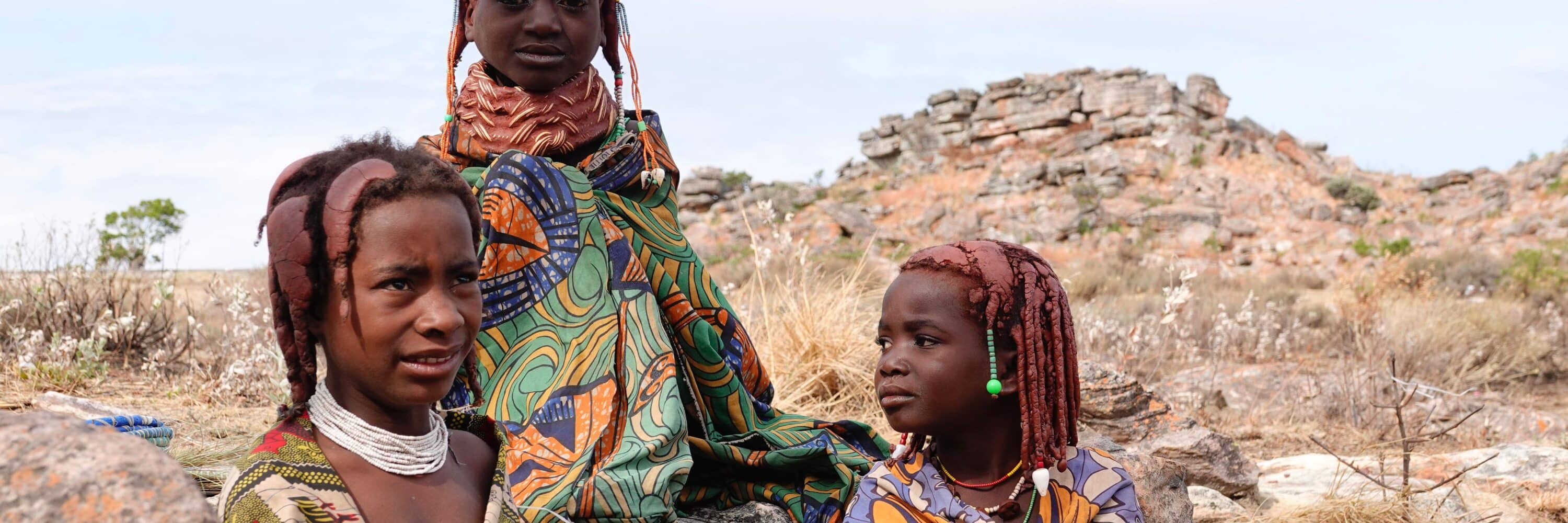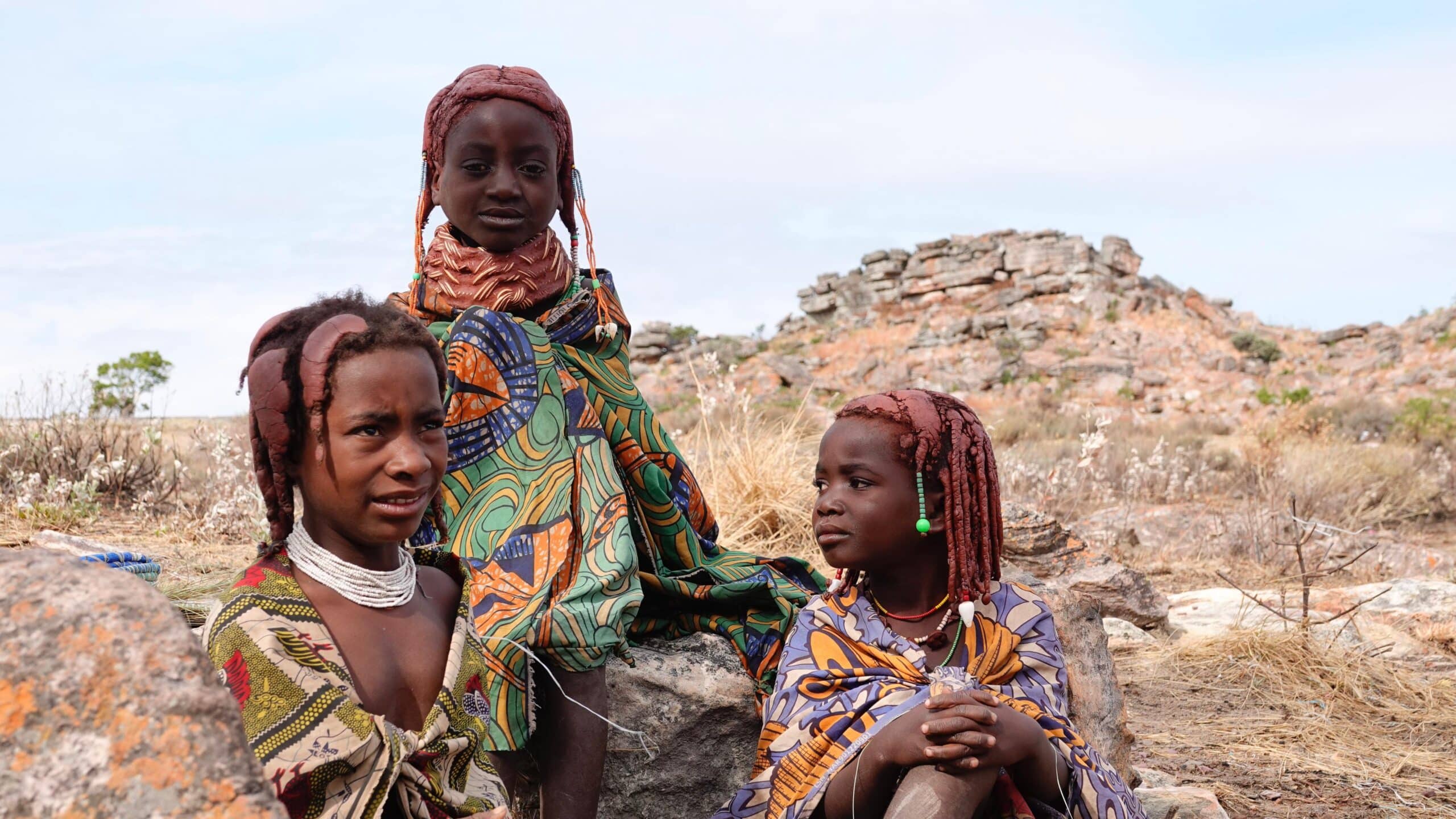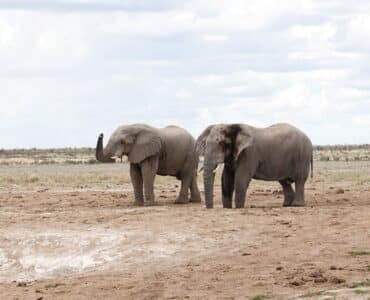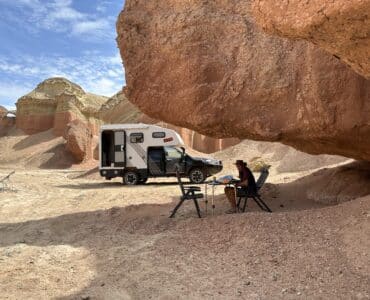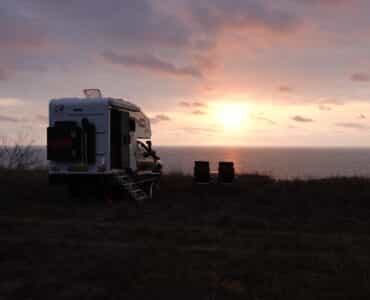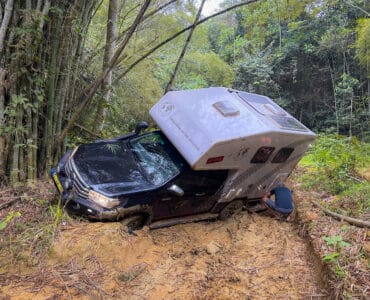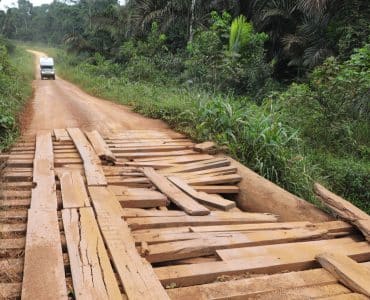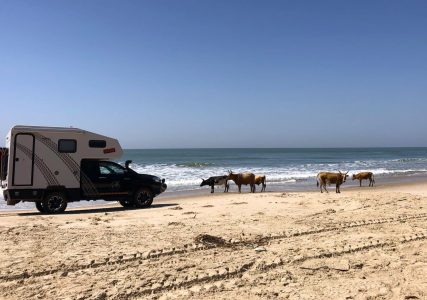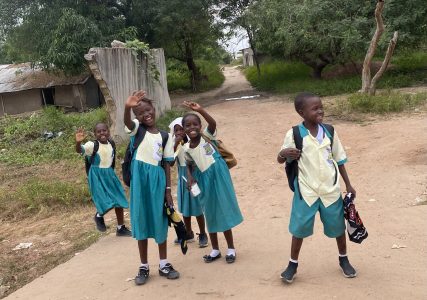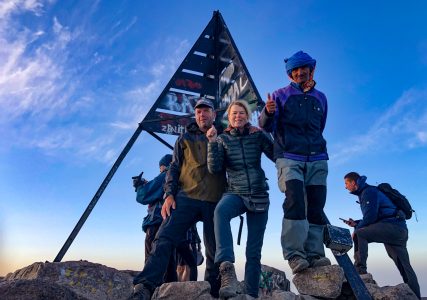We (Cor and Grietje van NoFear Travel), travel with our Toyota Hilux 4×4 camper by Africa. The African continent is the Mecca for 'overlanding' with many challenging routes and beautiful destinations. The first African country we visited during our trip to South Africa is Morocco, followed by Mauritania, Senegal, Mali, Guinea, Sierra Leone, Liberia, Ivory Coast en Ghana. After a stopover in the Netherlands, we continue our overland journey through Africa. We drove on Togo, Benin, Nigeria, Cameroon, Gabon en Congo-Brazzaville and currently we are in Angola.
We continue our tour through Angola - this is already the third part about this beautiful country (part 1 here, part 2 make). As you are used to from us, you now start watching the video again.
Plan your holiday to Africa here
- Itineraries you can compare + request quotes Africaplus, Africa tailor-made, Djoser, king monkey, rickshaw travel, sawadee en shoestring.
- Flight tickets for Africa you book through Skyscanner.
- Hostels, Hotels and Resorts in Africa you book Booking.com.
- Rental cars : Sunnycars en rental cars.
- Tours and Activities in Africa you book through GetYourGuide.
- travel items such as suitcases, bags and more you can buy at Bol.com.
- SIM cards for Africa you buy extra International sim.
- Parking at the airport you can arrange via Parkos, park care of iParking.
Virei
Angola doesn't seem to stop presenting different landscapes.
We drive towards the village of Virei and have not seen people or any sign of life for many hours, only landscapes of mountains, rocks and sand plains in ever new creations.
Until we suddenly see a herd of goats... that means there must be a shepherd and therefore perhaps a sign of human life. But it takes at least another hour before Grietje suddenly sees some colorful clothing in the distance.
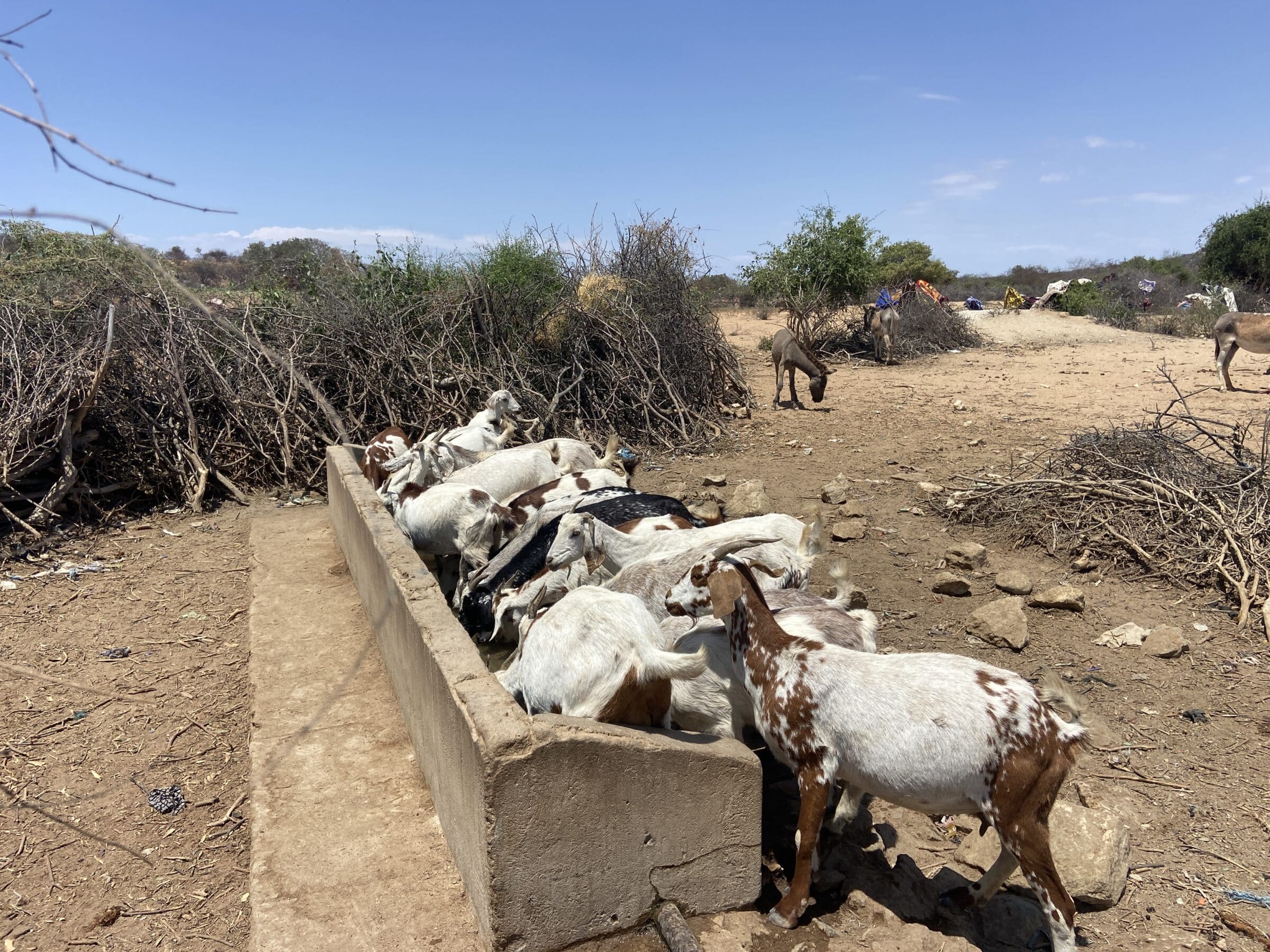
We approach a place where desert dwellers do their laundry and let their cattle drink at a spring. We take the plunge and walk to the source to have a chat. They are friendly people, but the language they speak in their tribe is unknown to us.
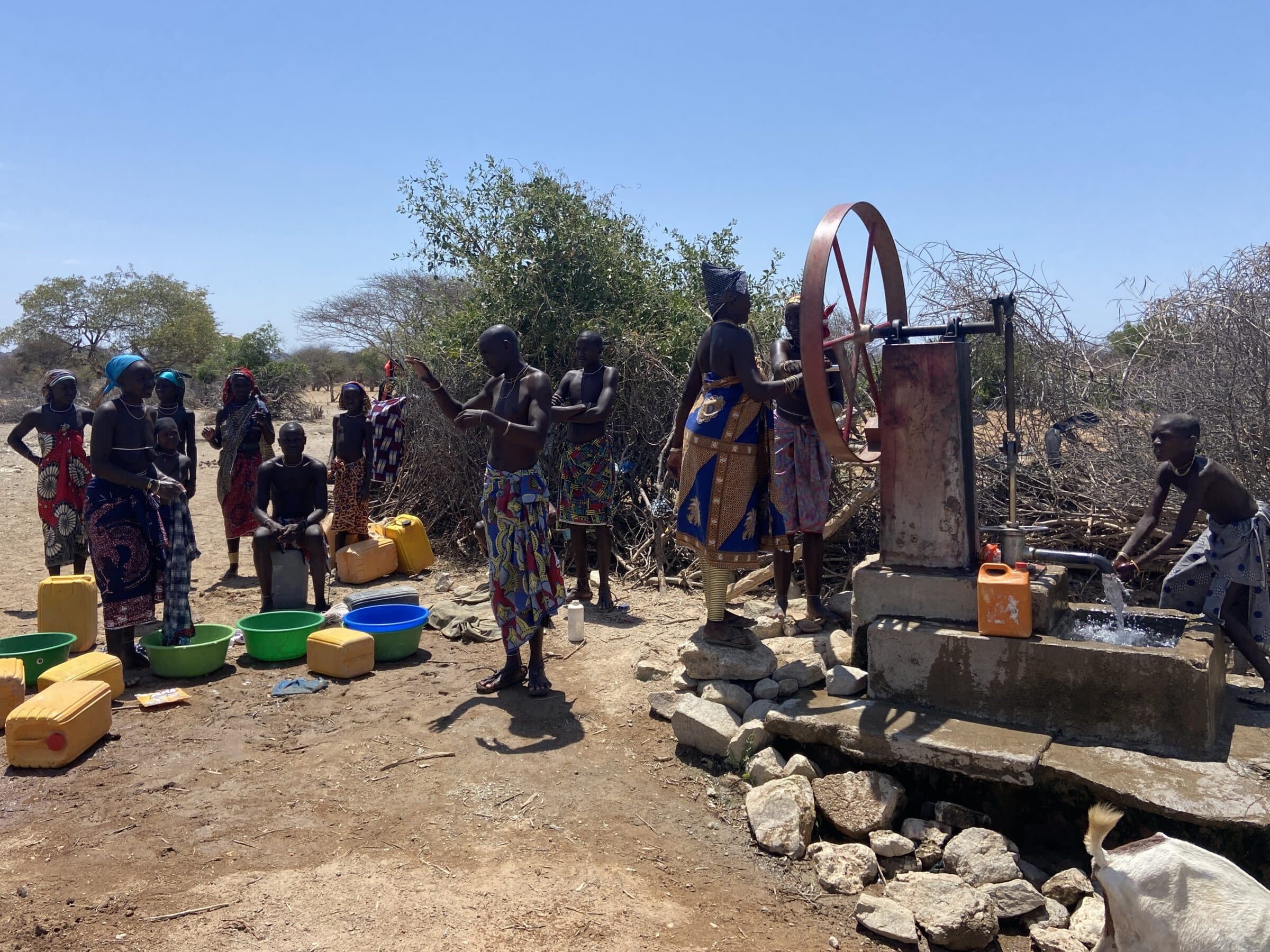
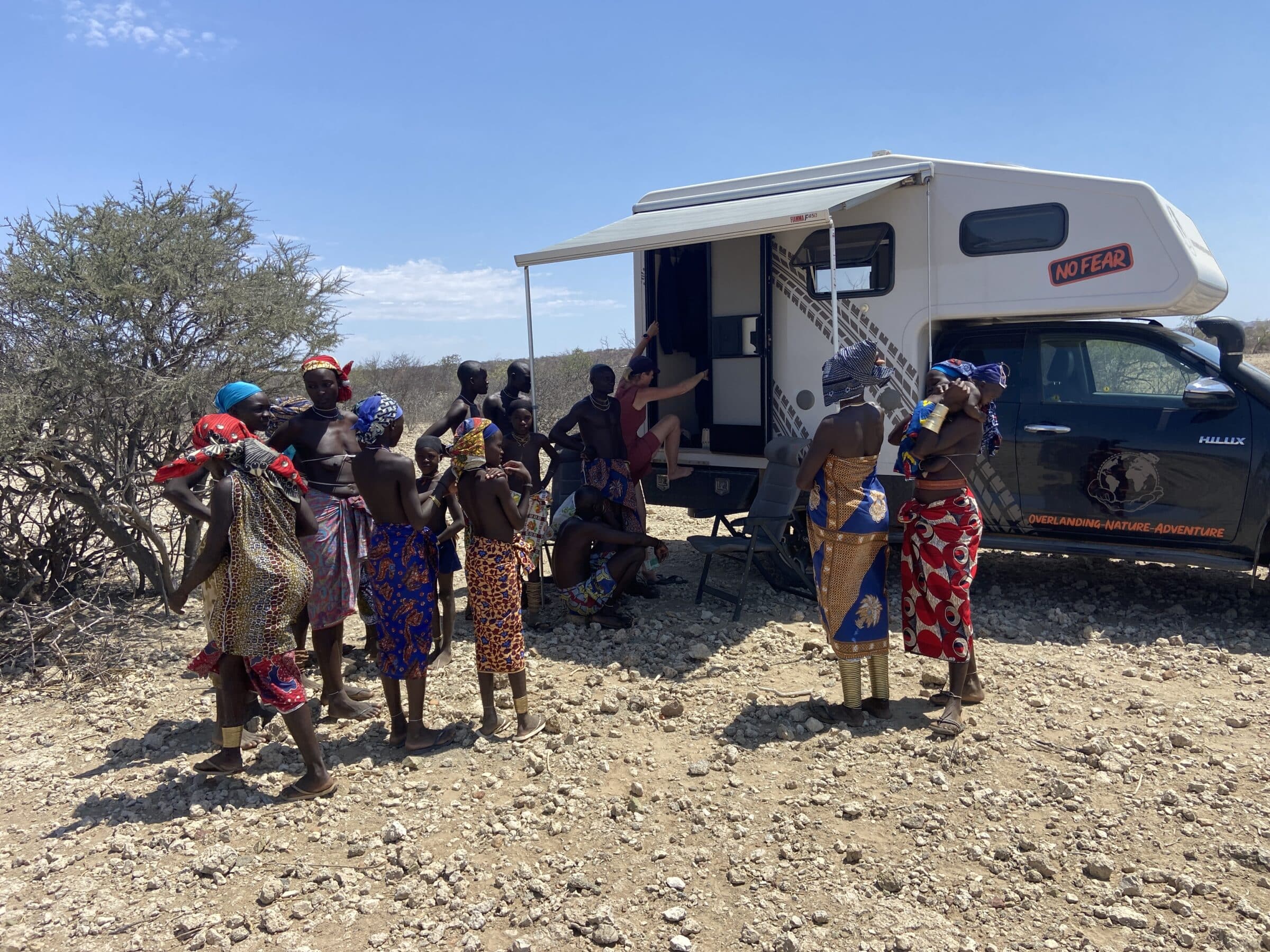
The men wear colored skirts and the women use a rope around their upper body to protect their breasts.
Men and women wear gold-colored rings on their arms and ankles. They don't mind having their picture taken.
In the village of Virei, a little further away, you see even more people from the same tribe, they live in concrete houses.
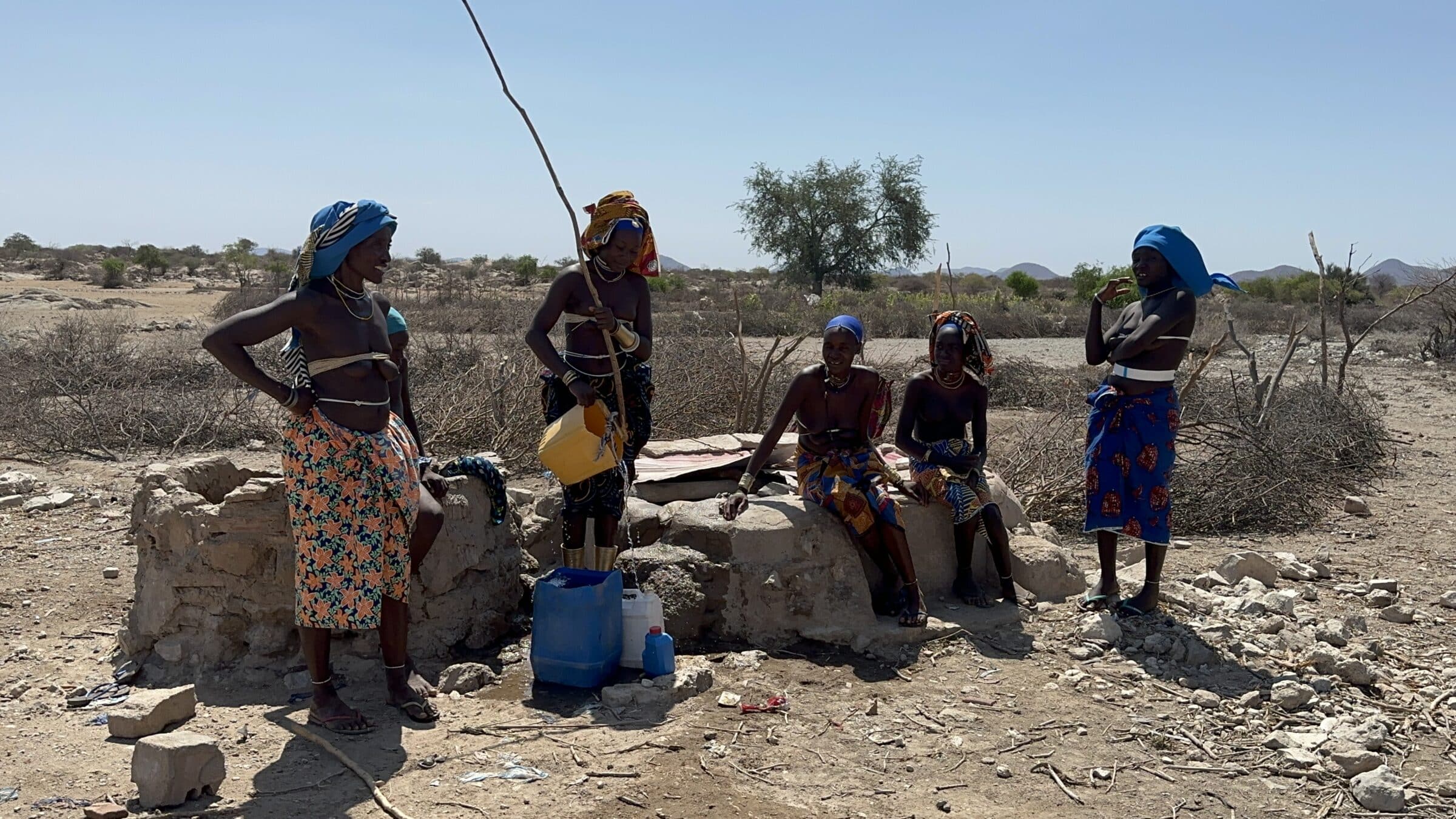
Later we find on the Internet that it is the “Mucubal” strain concerns. They are semi-nomadic. They settle down for a longer period of time, but can still decide to move on. They mainly live in southwest Angola.
Waking up on the savannah
After spending a night under the clear starry sky somewhere in the middle of the savannah, we are woken up around 6 am by the sun shining through the open windows. The temperature rises quickly. We eat our breakfast in the shade of the camper and only hear the sound of our own chewing. It is quiet…and yet, a little later, in the distance, we hear the approaching bleating of a herd of goats. 10 minutes later we are in the middle of the goats, we think there are 500 of them.
After they have slowly disappeared, we see a few donkeys in the distance carrying empty water barrels, accompanied by giggling, colorfully dressed ladies with laundry baskets on their heads. Fetching water from the well and doing the laundry is their first job on Monday morning.
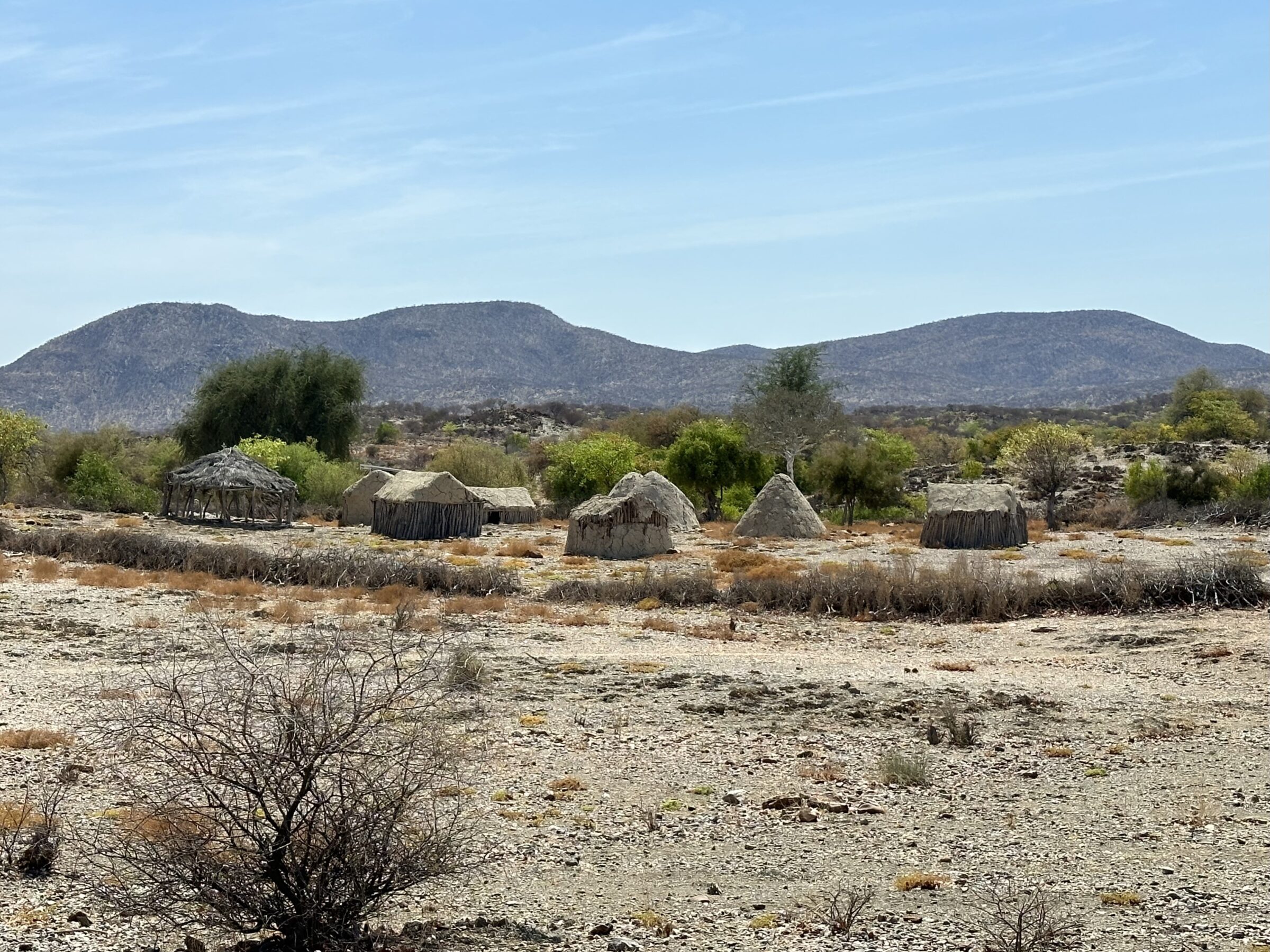
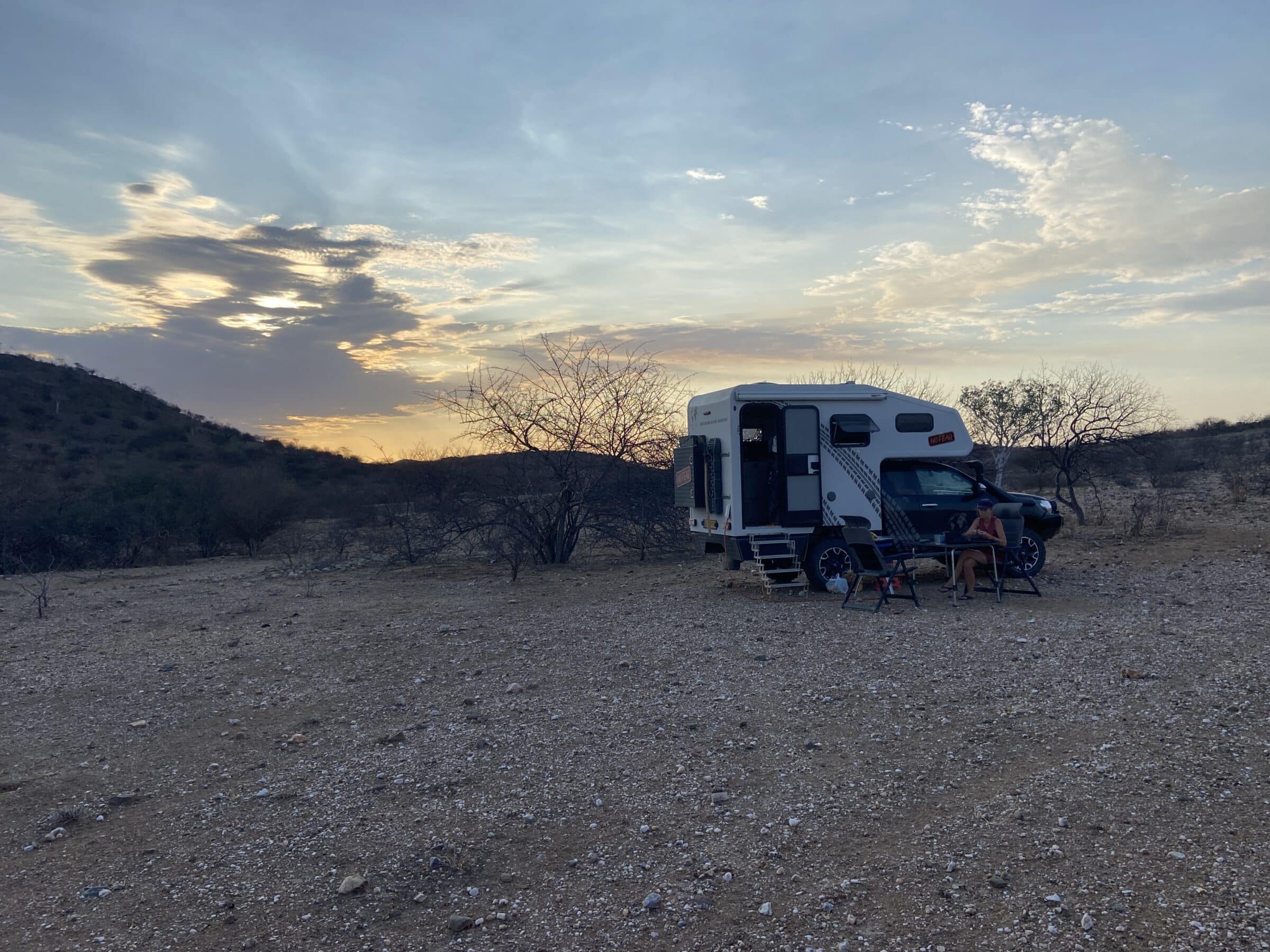
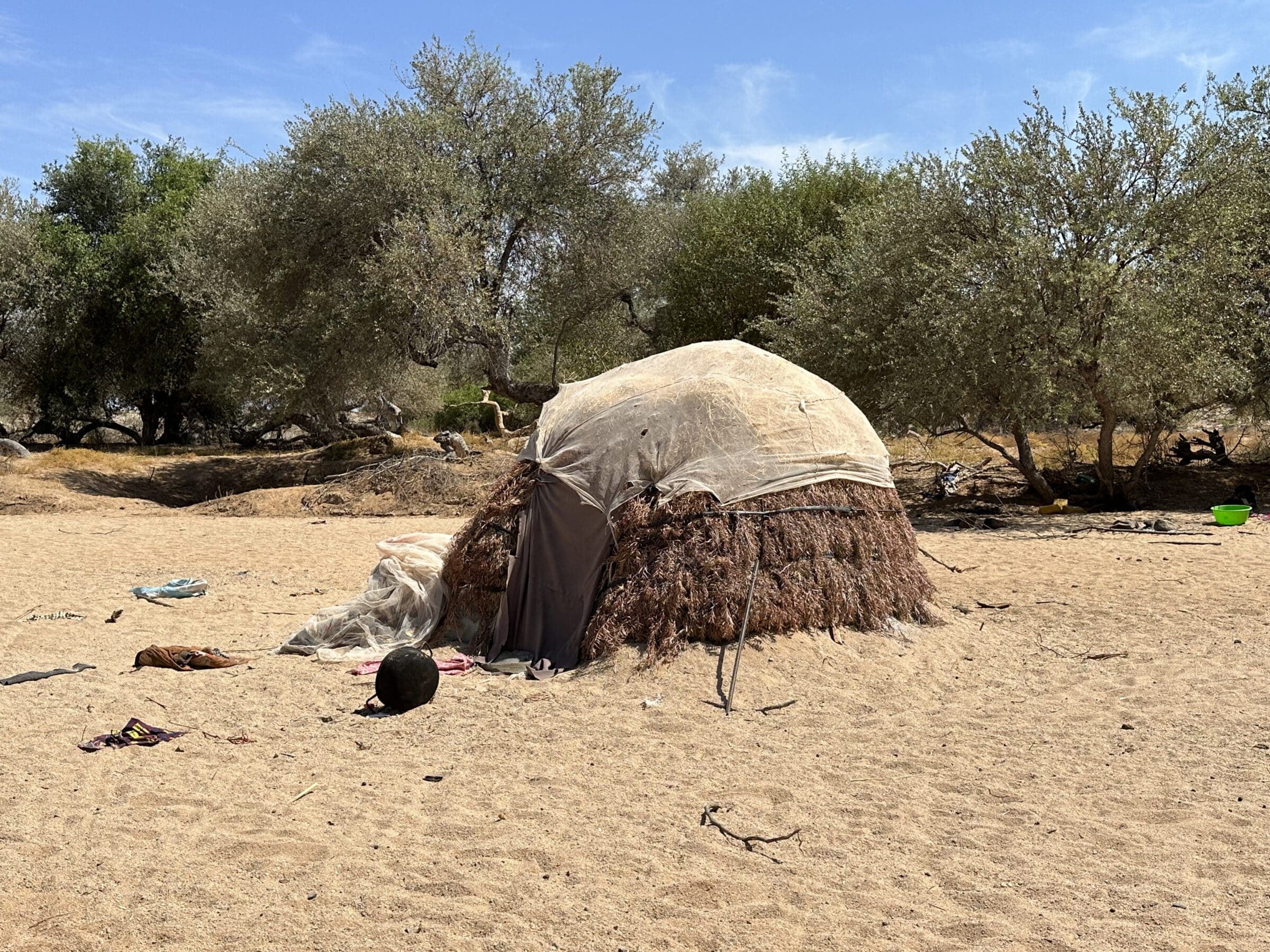
The Leba Pass (Miradouro Serra da Leba)
The Leba Pass (Miradouro Serra da Leba) connects the lower coastal and desert landscape (0-350 m) with the higher lying (1600-2500 m) much wetter landscape. The road runs from Mocamedes to Lubango.
Due to the strong increase, the difference in vegetation due to a climate difference is clearly visible. From the top the view is breathtaking. We take pictures of the beautiful road with hairpin bends.
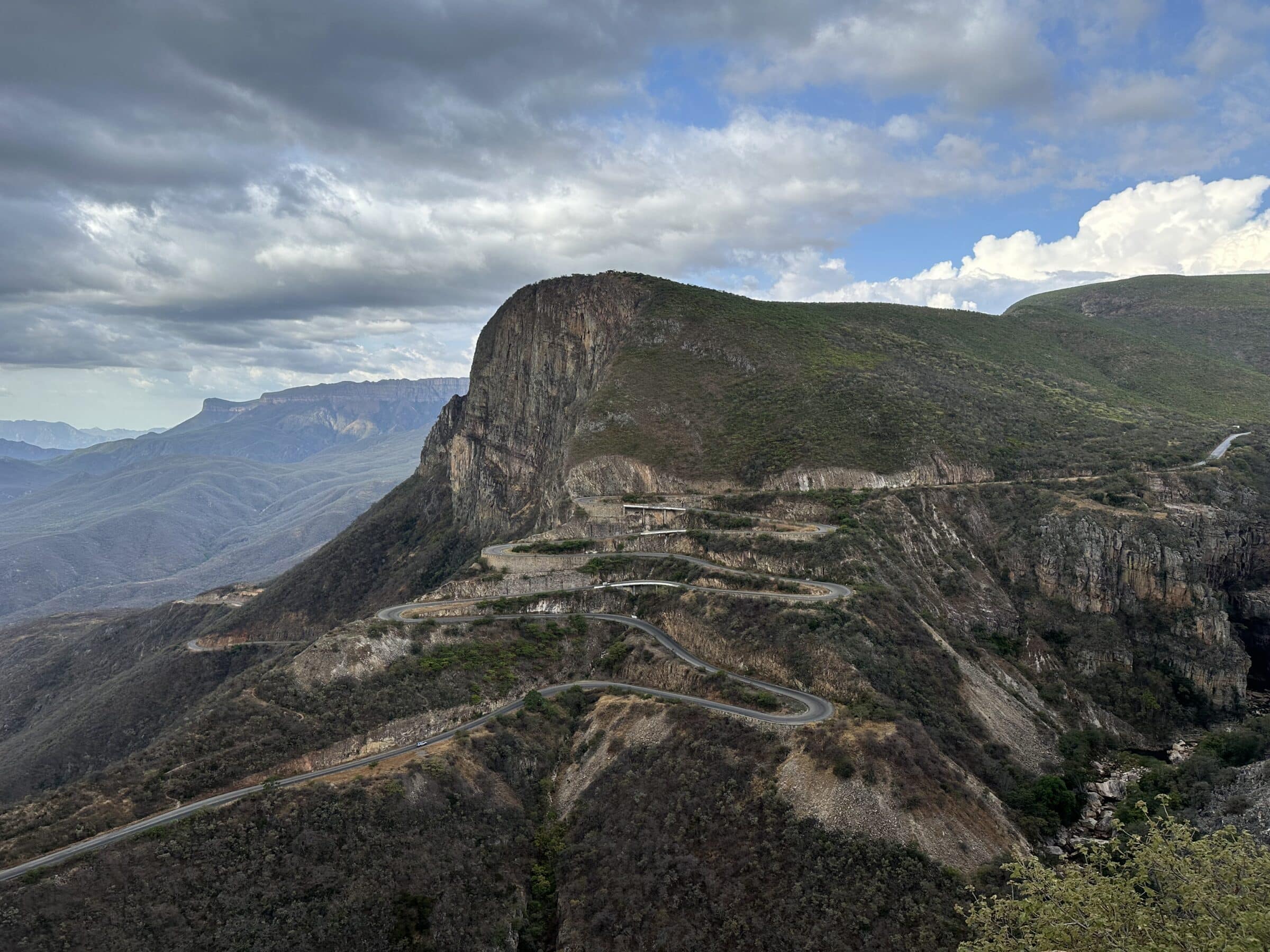
While it is still barren and barren below, you see everything turning green above. We spotted the first flowing rivers.
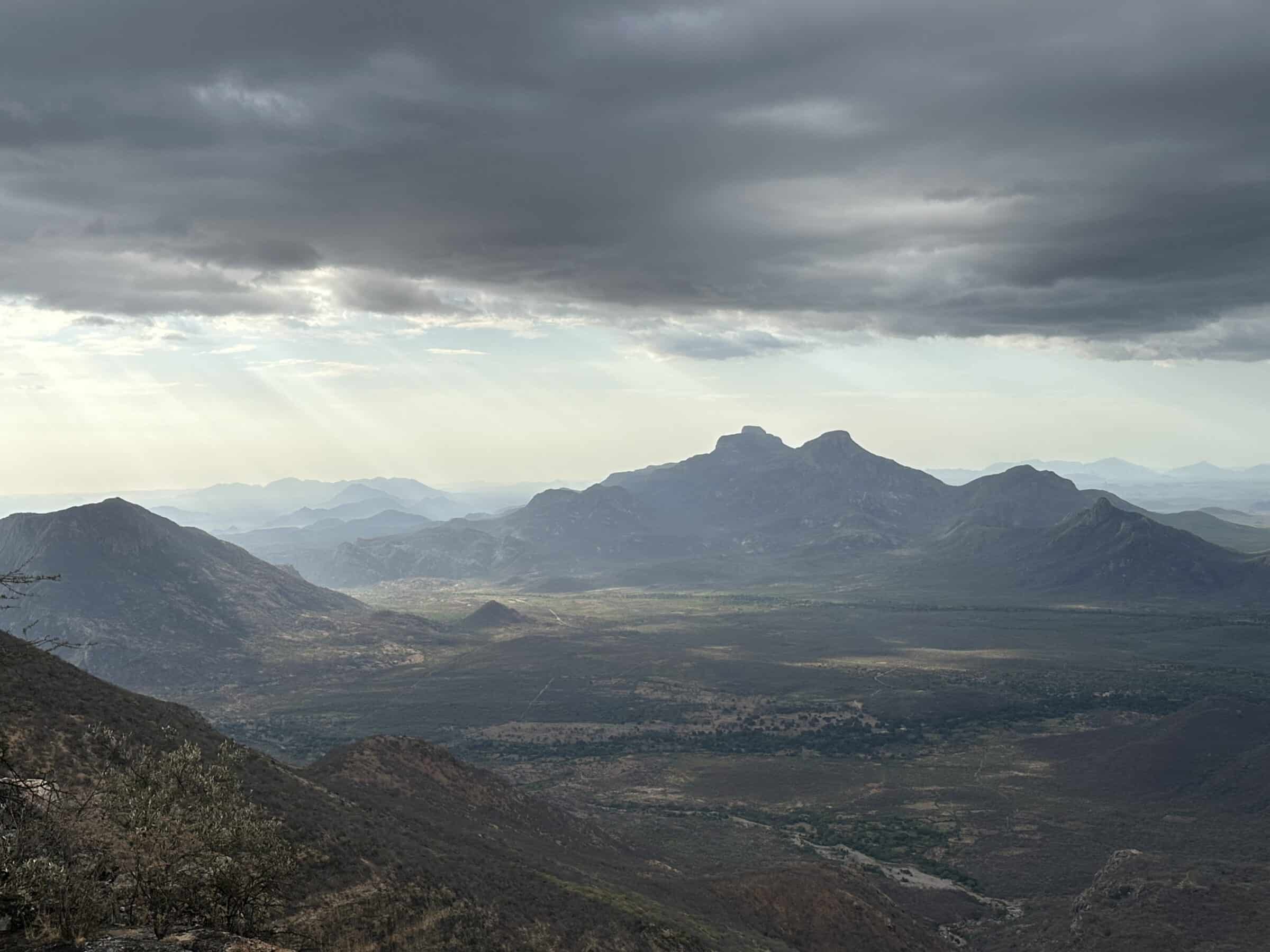
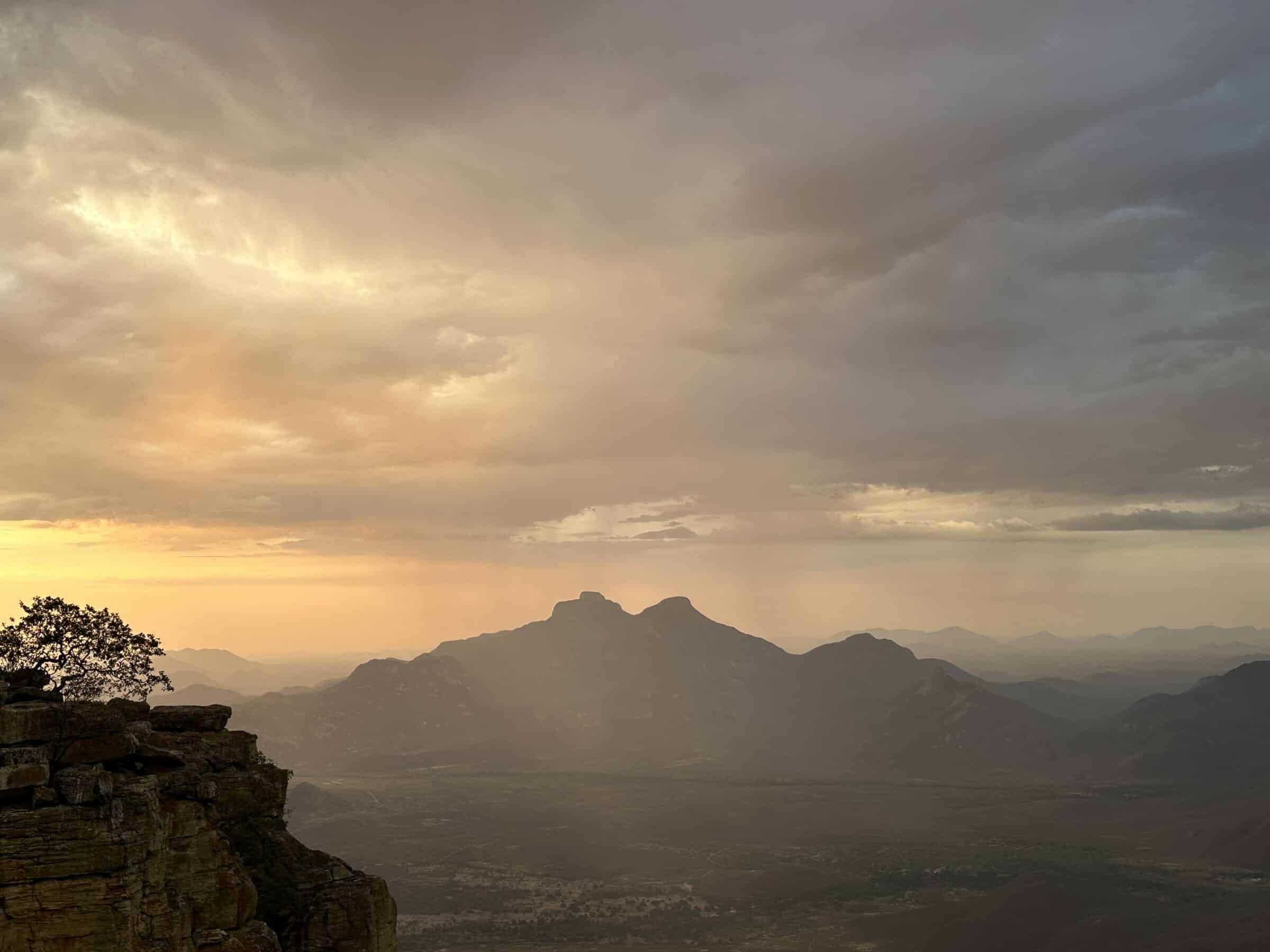
Tundavala
Near Lubango is the Tundavala, a huge narrow fissure in the mountains several hundred meters deep. It is located here on the border between the flat lowlands and the mountain areas. The crack is very impressive.
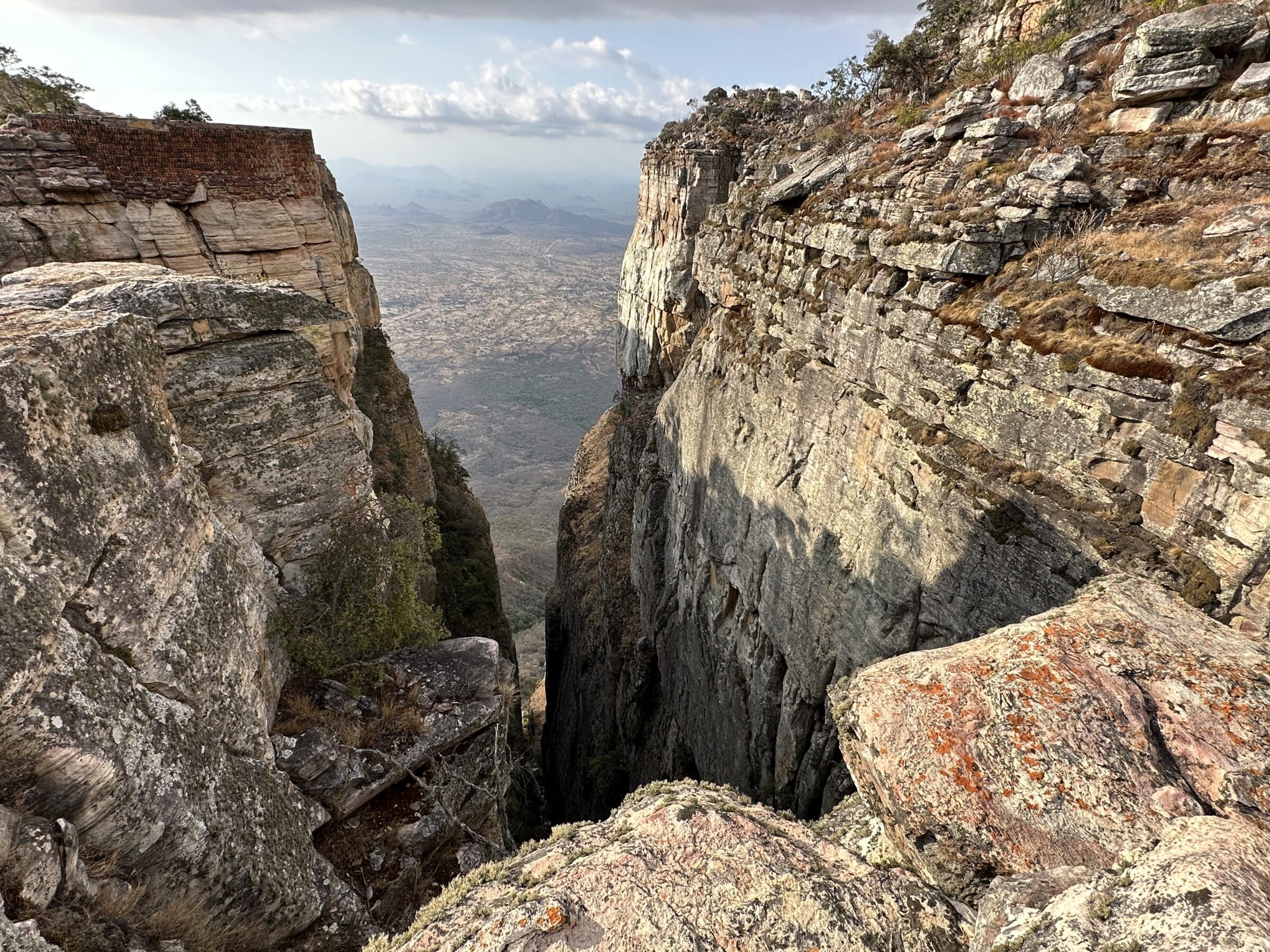
It is one of the few sights in Angola which has been “dressed up” for visitors. There are parking spaces and garbage bins. There are plateaus and benches at the most beautiful viewpoints.
The property is monitored 24 hours a day, making it a perfect overnight stay for us.
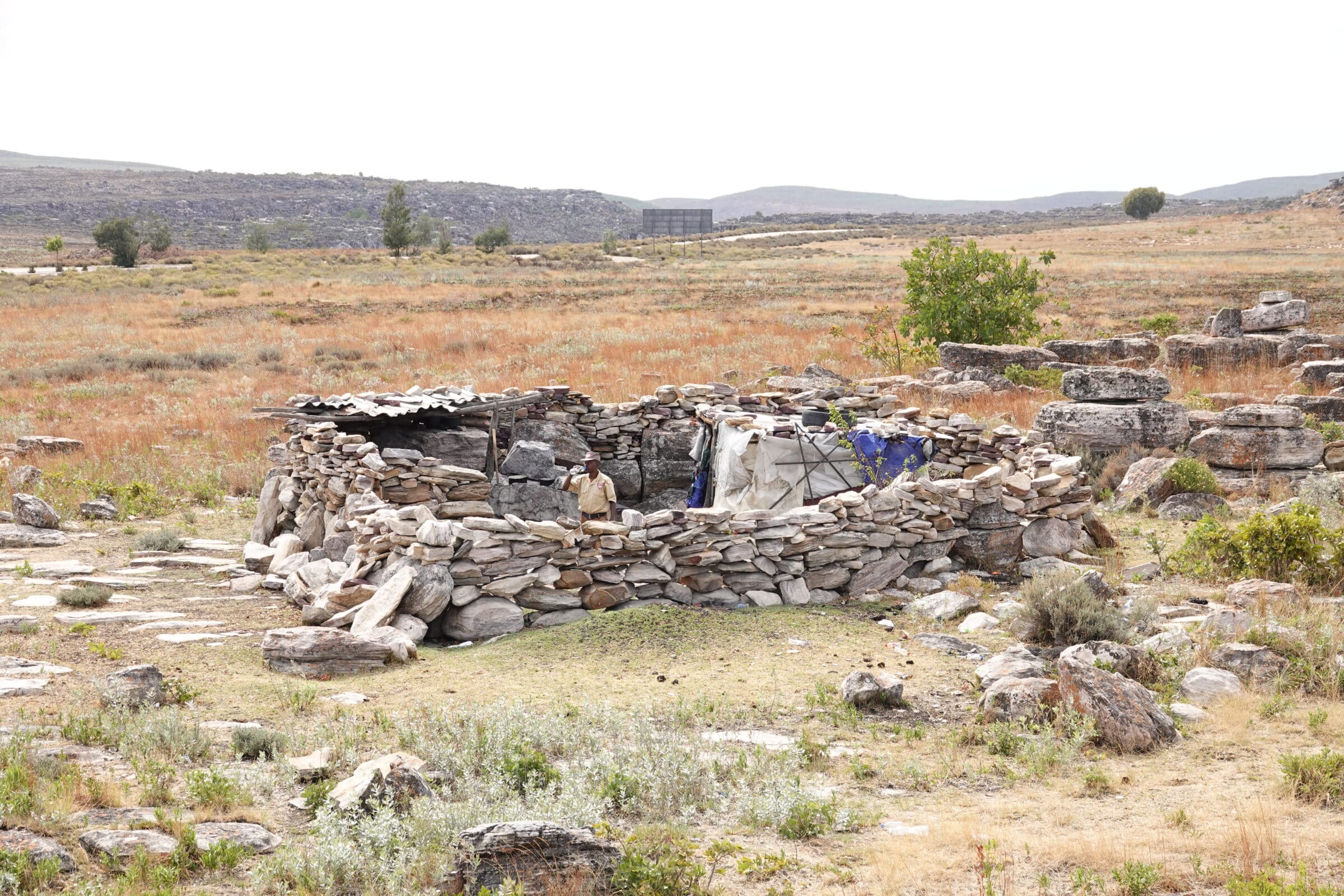
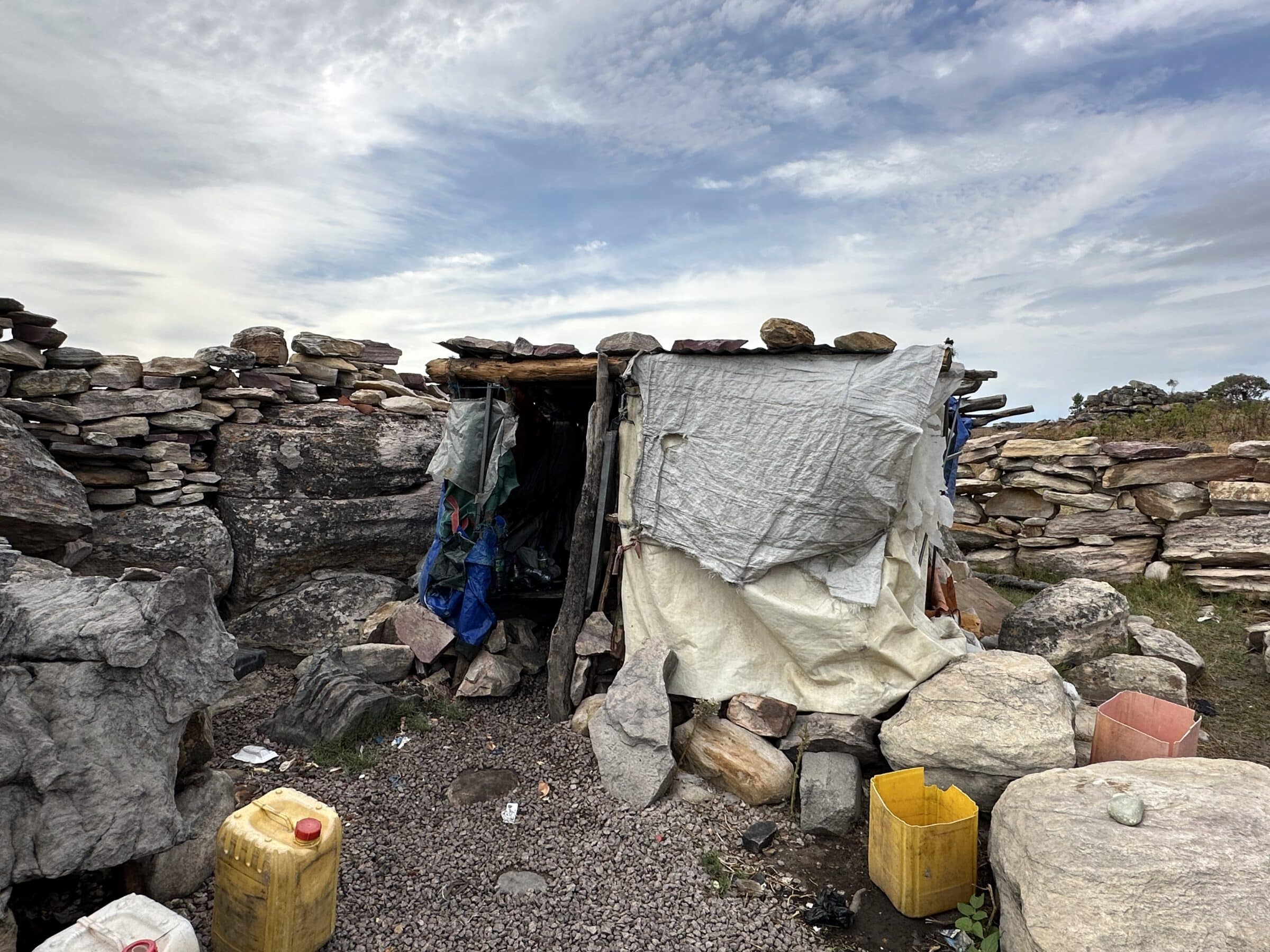
The road to it is surprisingly paved with beautiful cobblestones. It's been a long time since we last saw that.
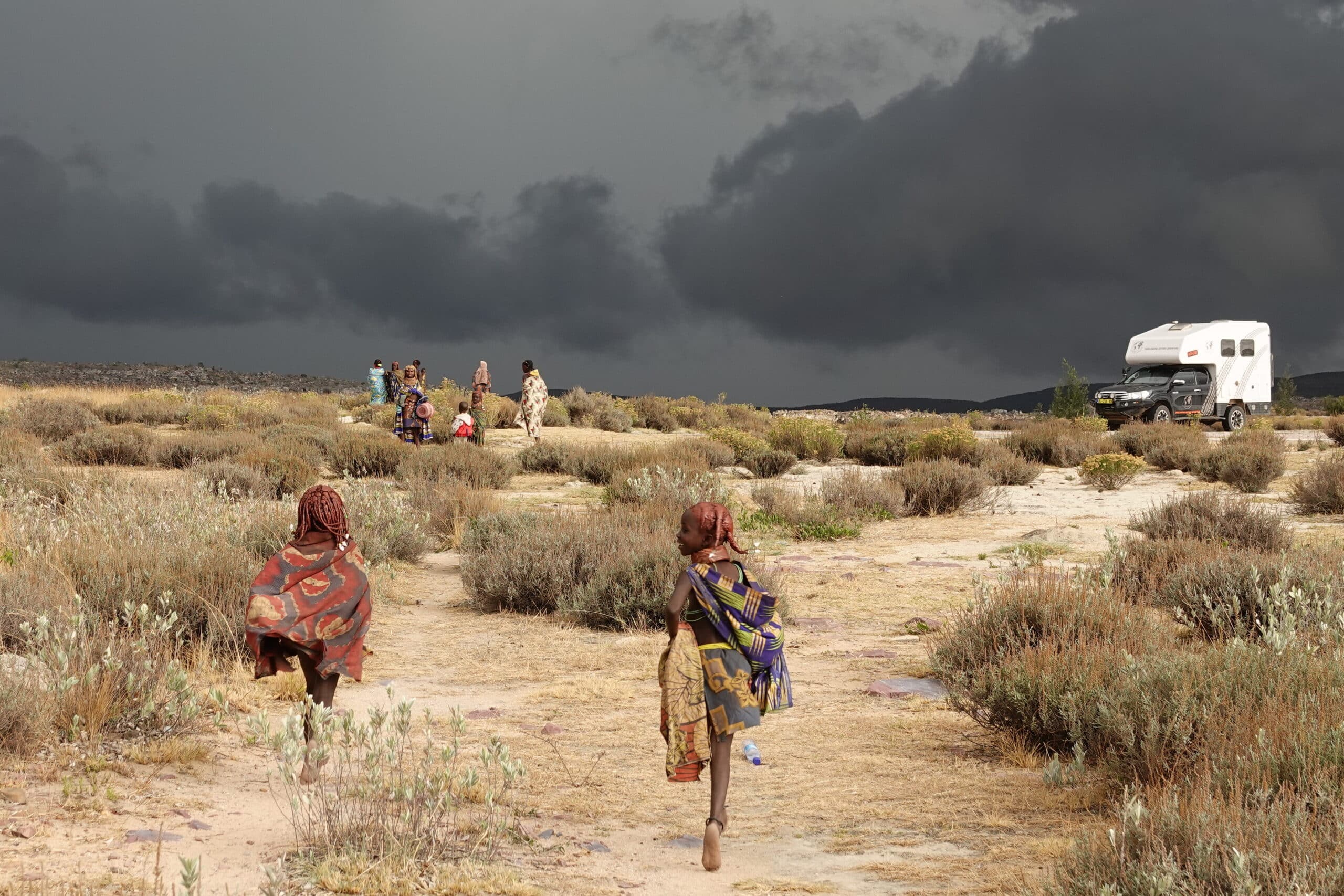
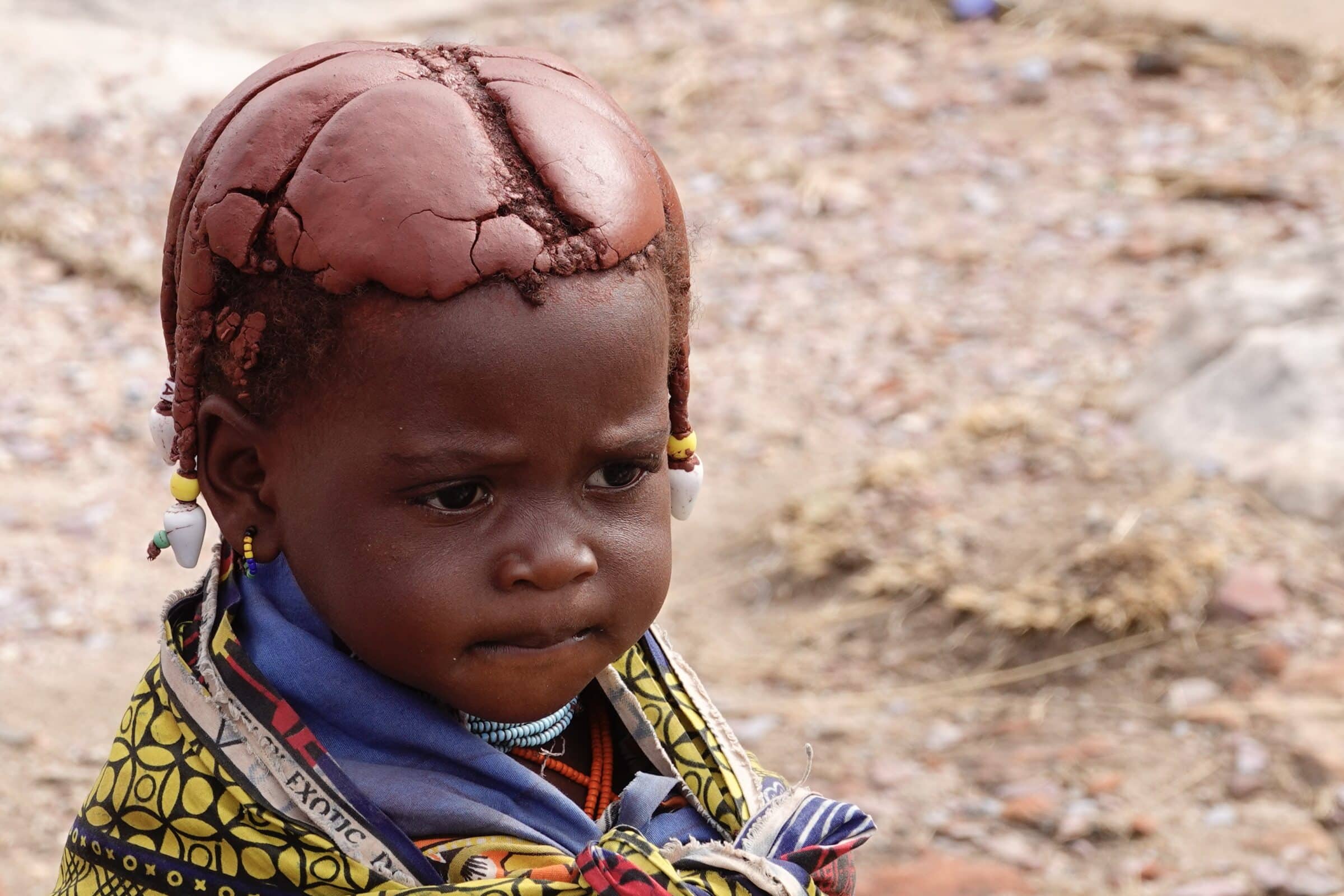
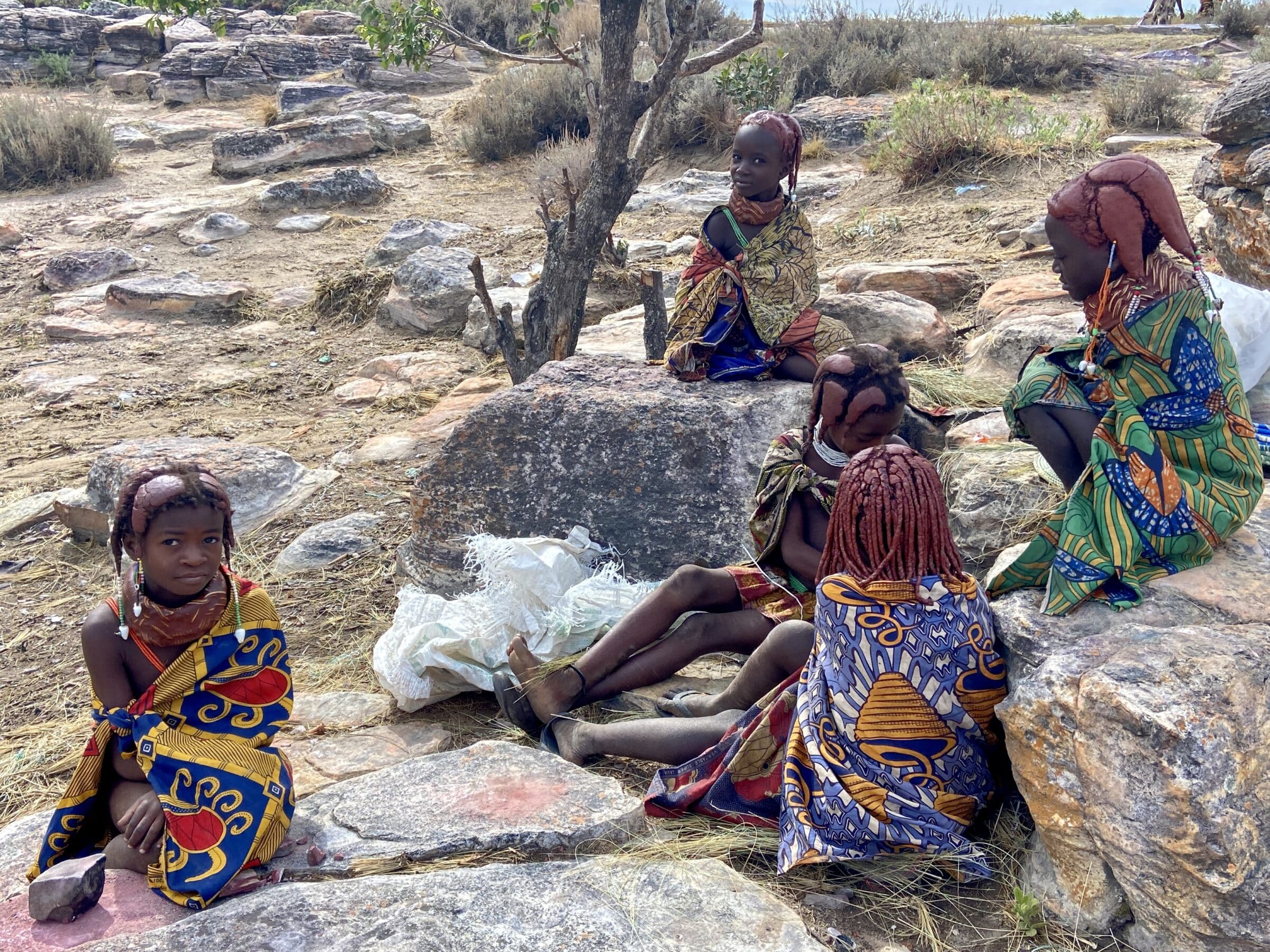
Between Lubango and Menongue
We follow the perfectly paved road east of Lubango. A road by European standards but hardly any traffic.
People don't have cars here, but we are surprised that there is no intercity traffic either. We only see a few trikes and pedestrians around the villages.
The environment is beautiful of course, but less spectacular than in the coastal areas.
People grow all kinds of things, often among the original vegetation. We stop briefly at some farmers who are plowing with oxen. It's all very primitive, but people here are extremely satisfied with this form of extensive agriculture. The farmers show their way of working with the greatest pleasure and pride.
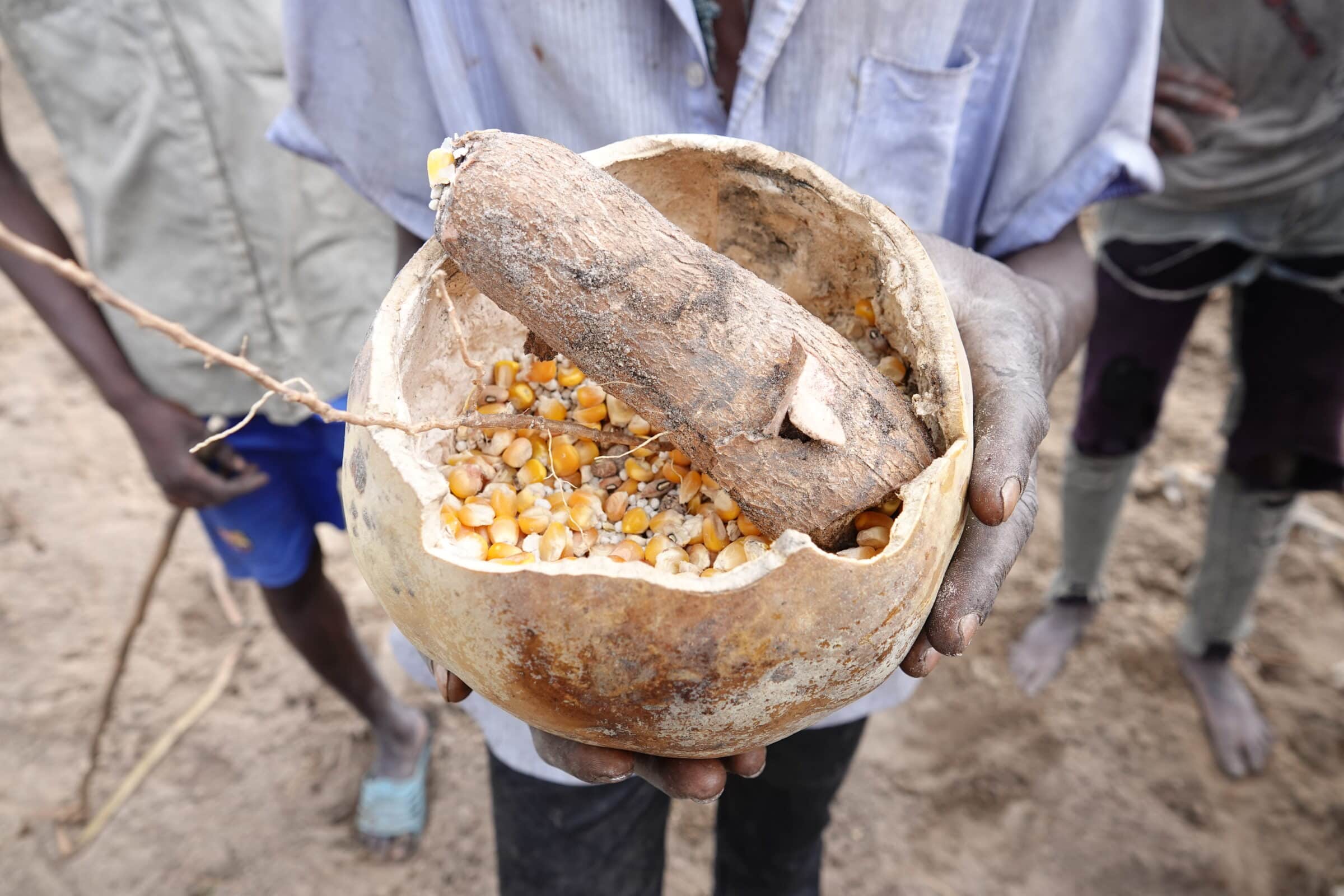
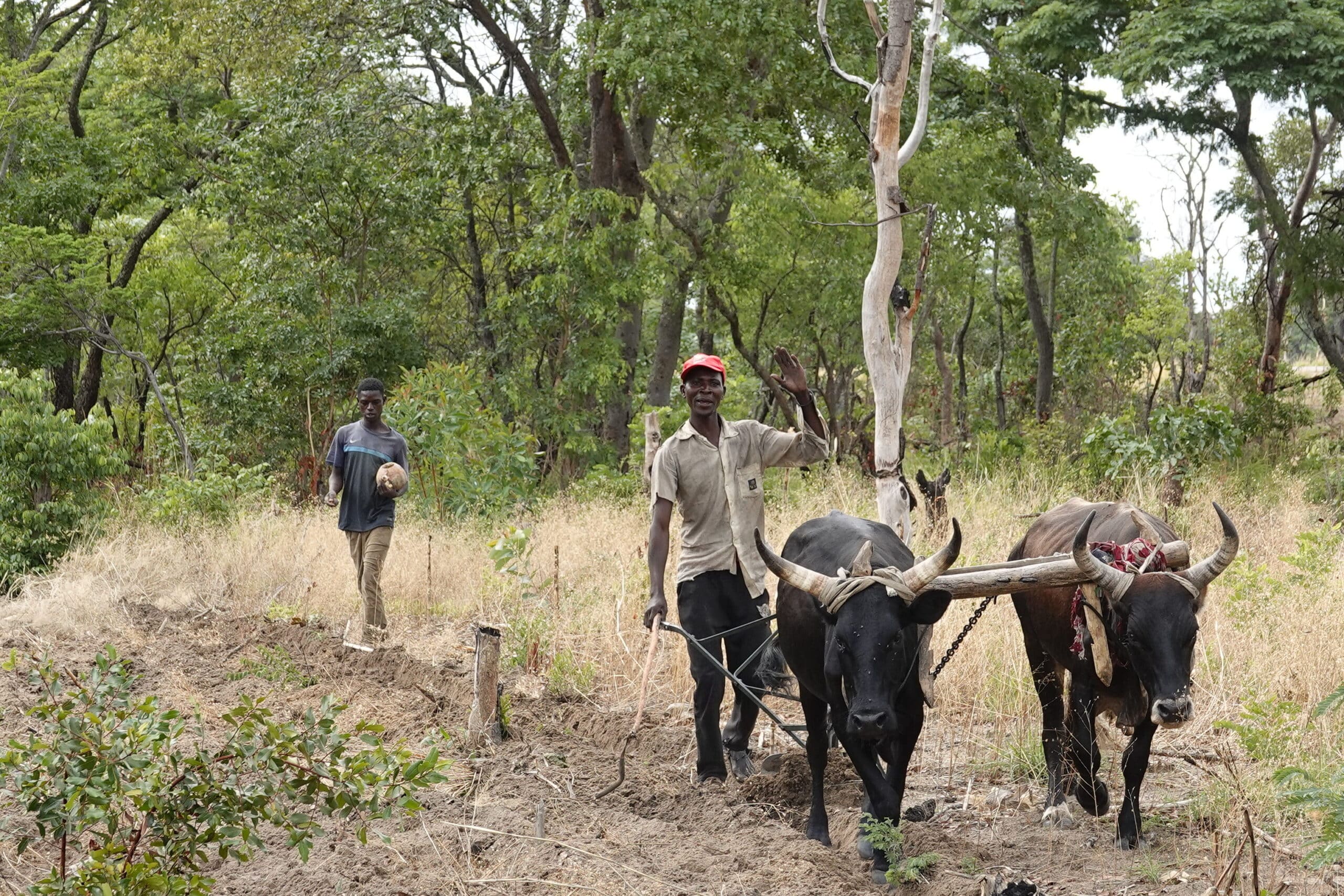
On the way to Conservation Project Cuatir
South of Menongue we are looking for an unspoilt nature reserve that is hardly influenced by humans, far removed from the urban world. We had heard about it through the grapevine and were very curious.
That means about 150 km off-road on bad paths. But yes, more beautiful areas are often not easily accessible. Along the way we see countless settlements with mud houses. These types of houses are constructed from upright sticks between which the clay is spread. In some, the distance between the sticks is slightly larger and it is filled with boulders found in the field. The pointed roof is made of hard grasses. We even saw a few where these grasses were neatly cut off at gutter height. Small villas!
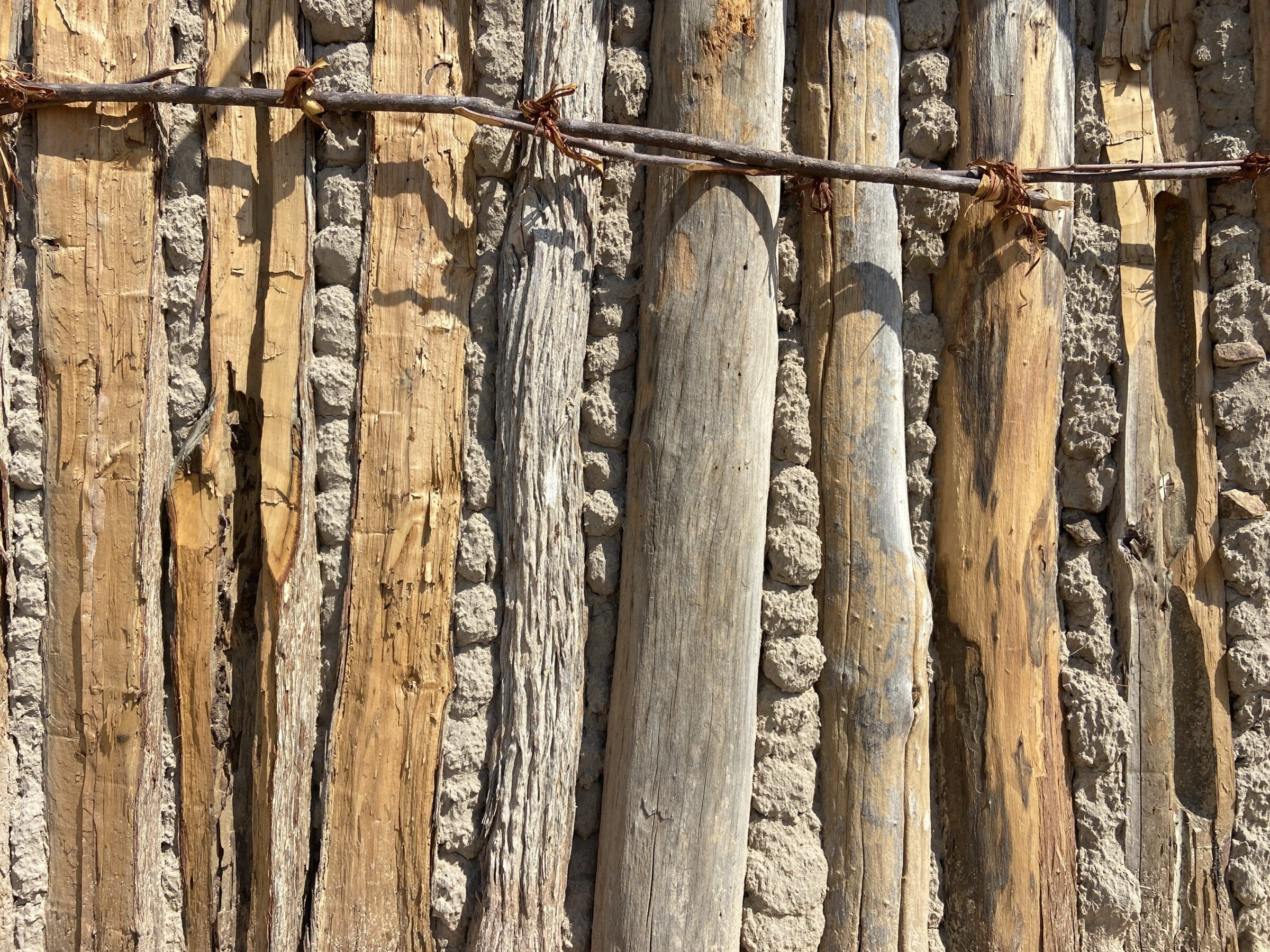
Here too, people have little knowledge of the outside world and live largely self-sufficiently. The off-road trail is located along the Cubango River. To reach the final destination we have to cross the Cubango. At the crossing there is a raft, modernly powered by an outboard motor.
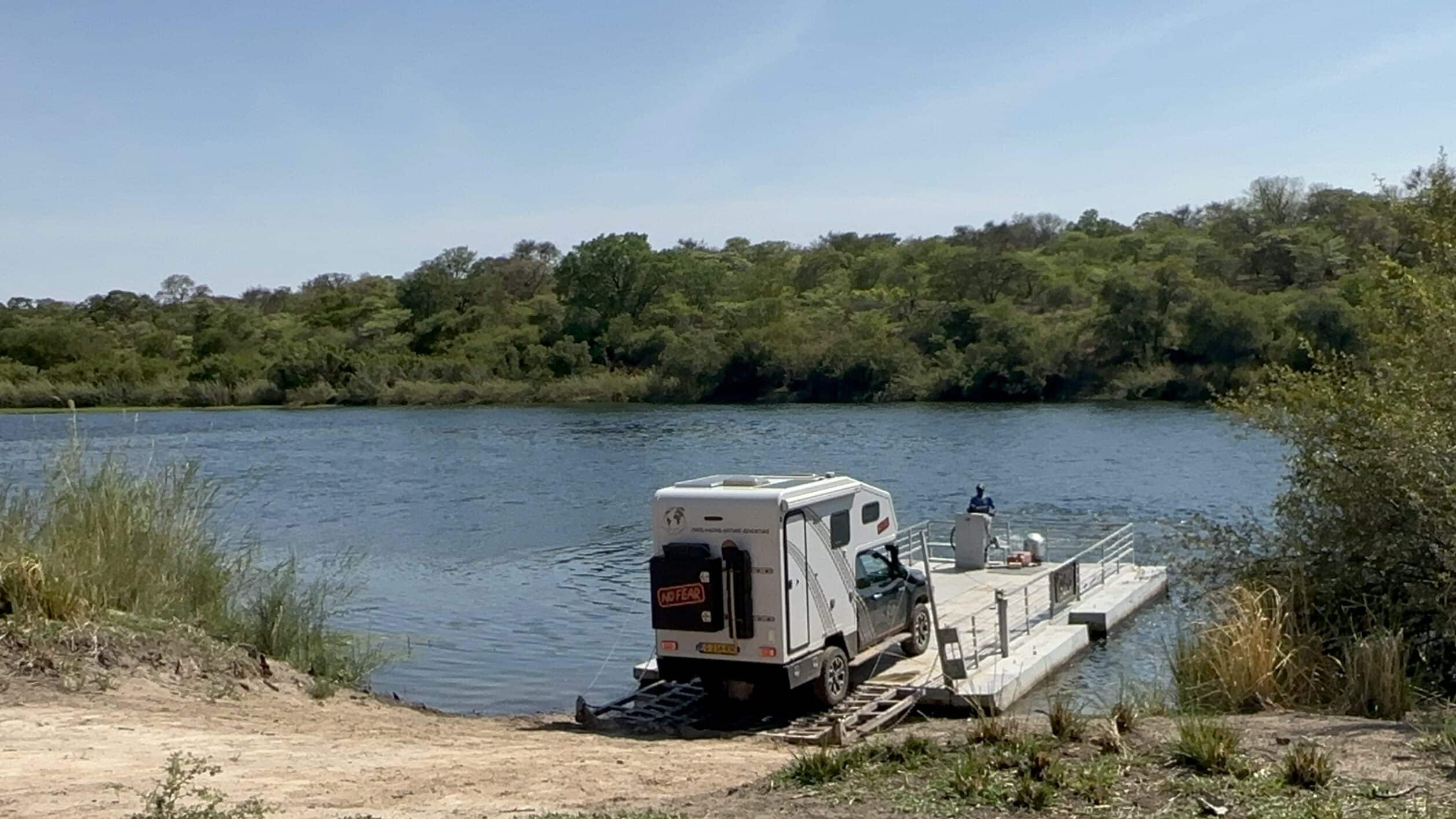
A young guy from the adjacent settlement steers the “barge”.
By the campfire
Because we arrive just before dark at 18.00 p.m., we wait at the barge next to the river. The villagers naturally come to take a curious look. Not annoying, very friendly.
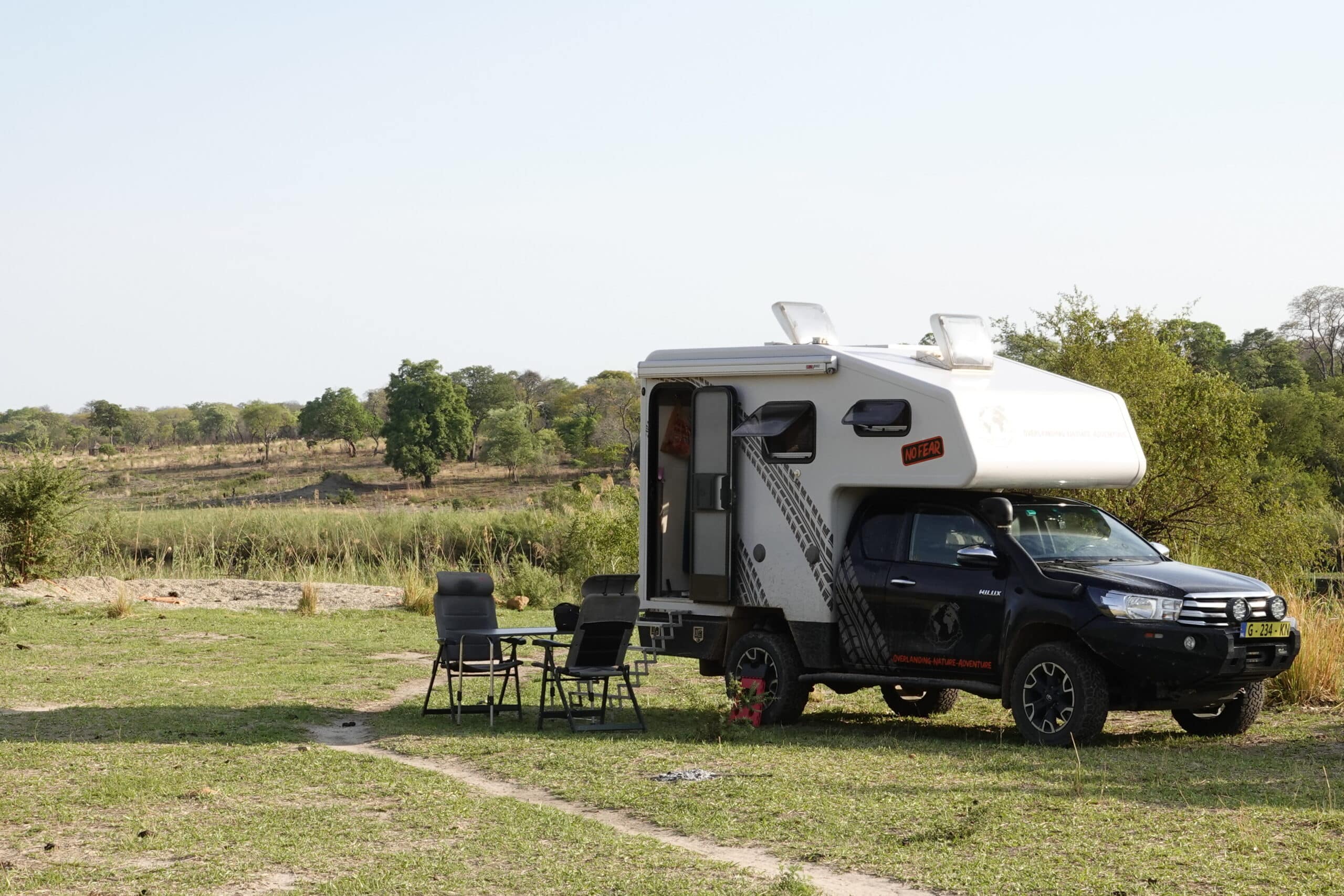
Two boys go looking for deadwood and light a campfire for us. They give an extra supply of wood and leave.
How welcome can you feel…?
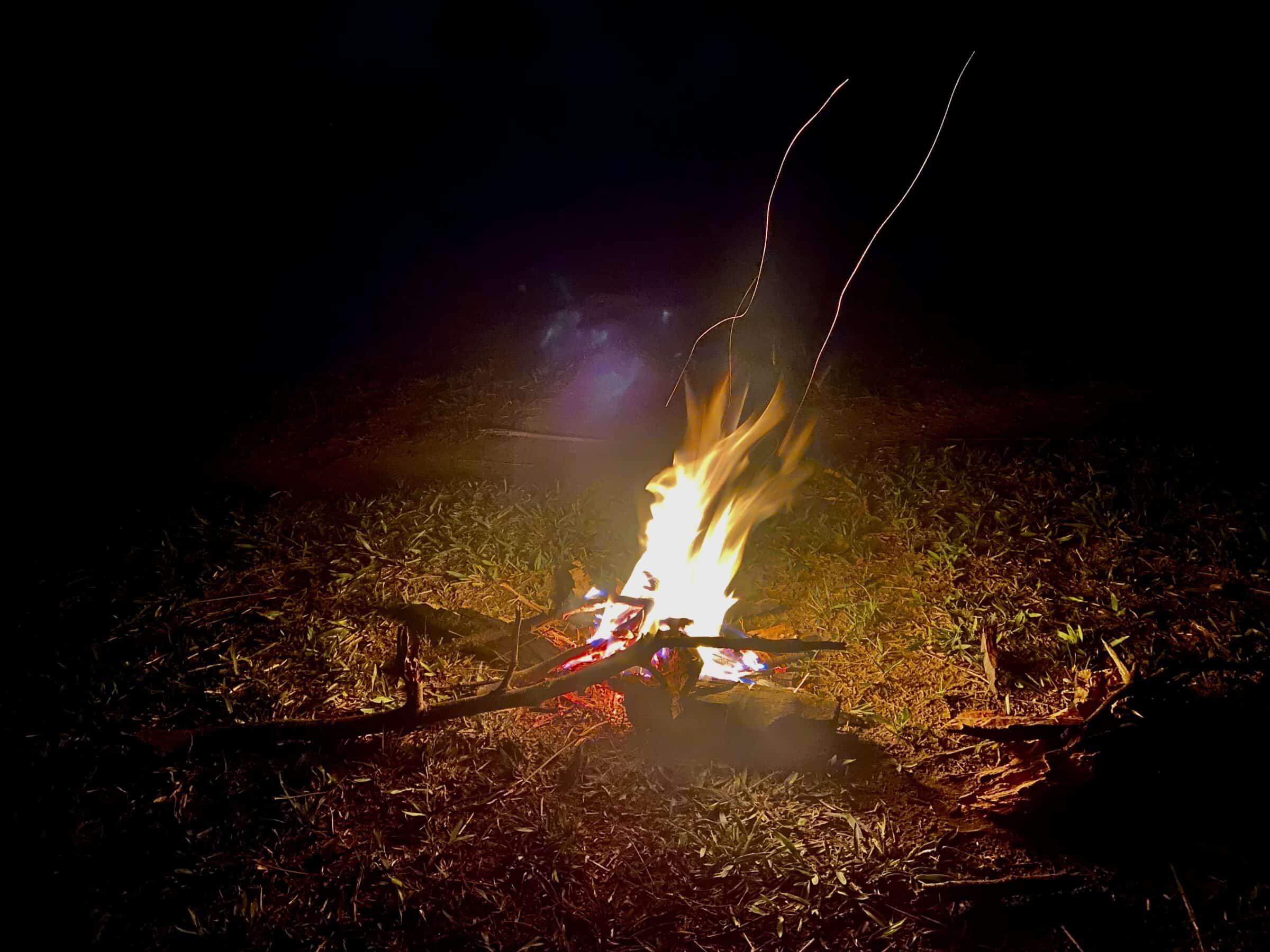
Conservation Project Cuatir
After plowing another 40 kilometers through the sand, we reach the project camp.
We are warmly welcomed at the lodge and given a kind of semi-tent with a luxurious bathroom, which we can use. Furthermore, all amenities and facilities are included, for 12 euros per person!
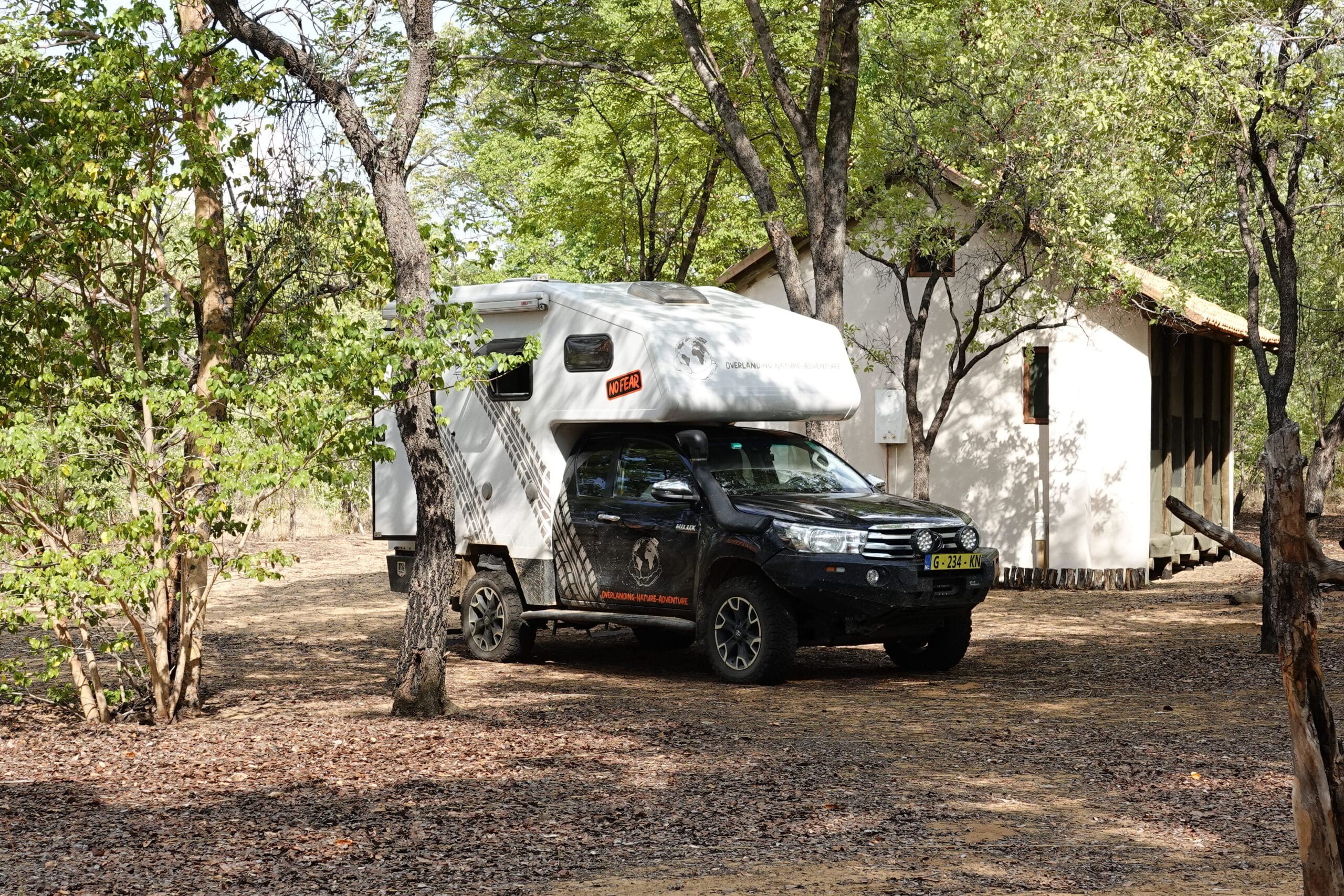
Unfortunately, the quads present do not appear to be running because there is no fuel. We decide to go out with the camper ourselves. We receive area maps from Stefan, the founder. We enter the area and often drive on the edge between forest and open plains. The branches sometimes hang low and that is why we have to decide to go back.
We see 4 antelopes, roan's. Another group of antelopes, the name of which we do not know, and an enormous bird of prey, which is fairly easy to photograph. Unfortunately, it later turned out that the camera settings were not always correct and that a number of photos were therefore unsuccessful. All circumstances were not good here, but it seems that we have got a taste of visiting the wildlife parks. That promises something in southern Africa.
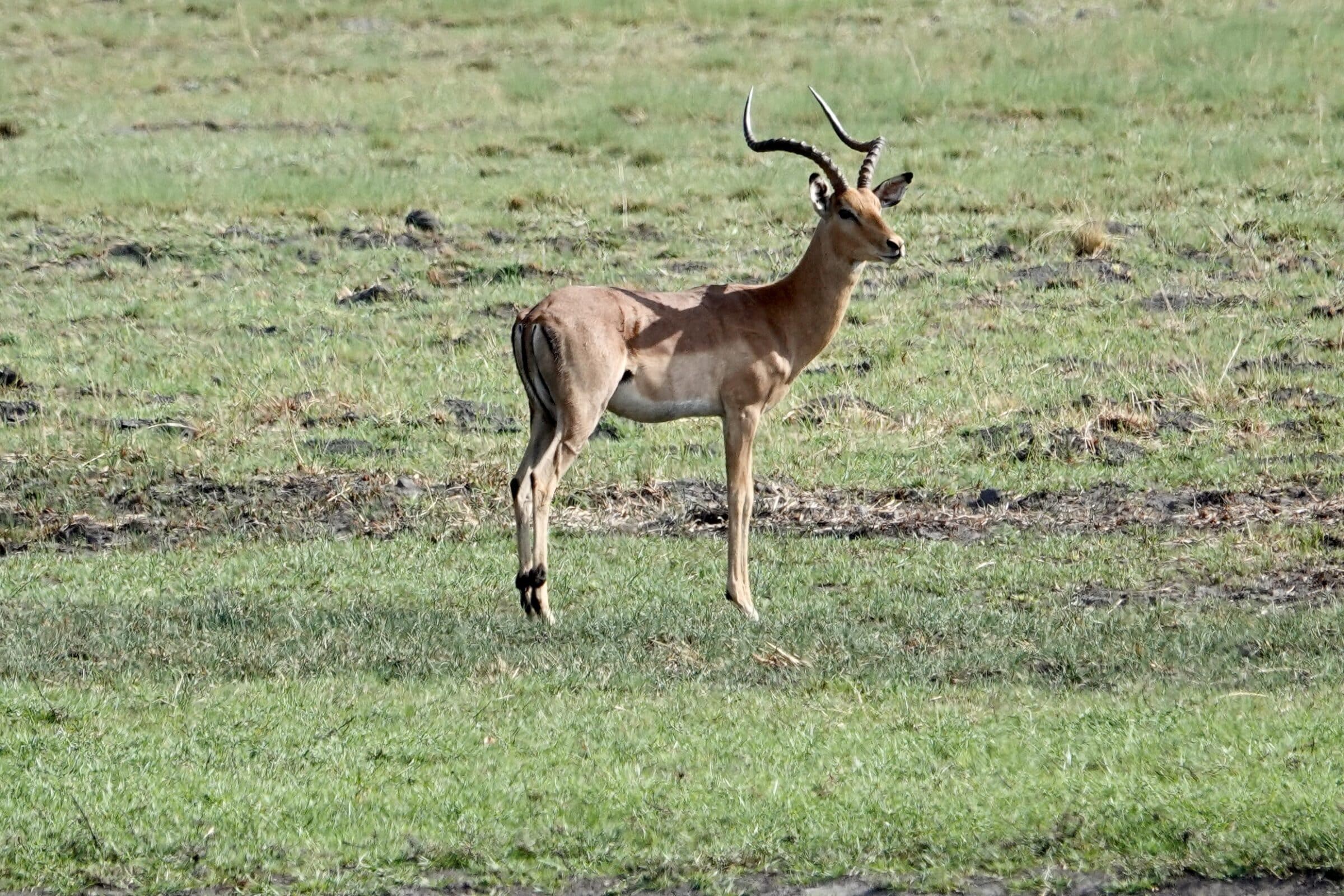
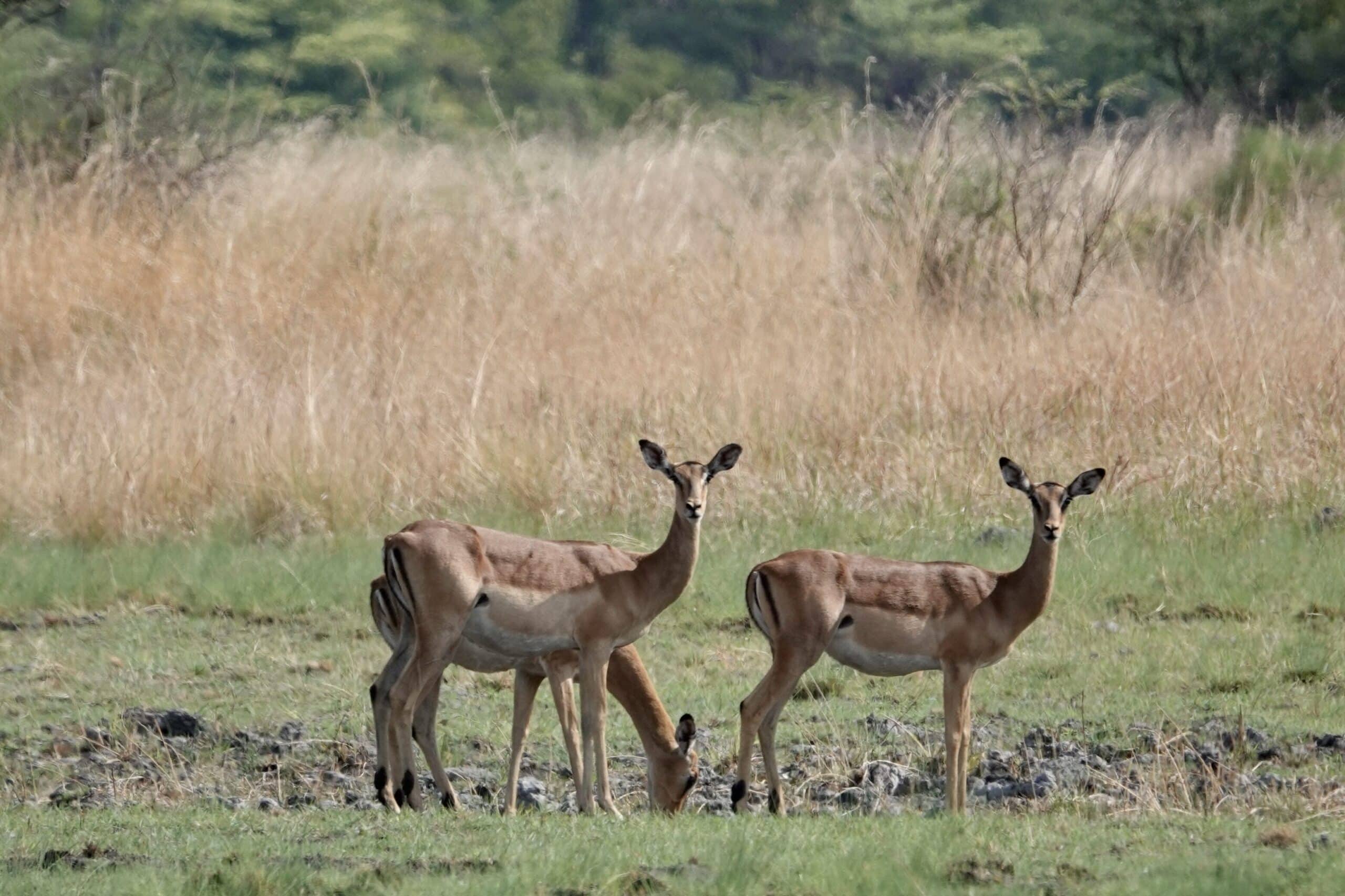
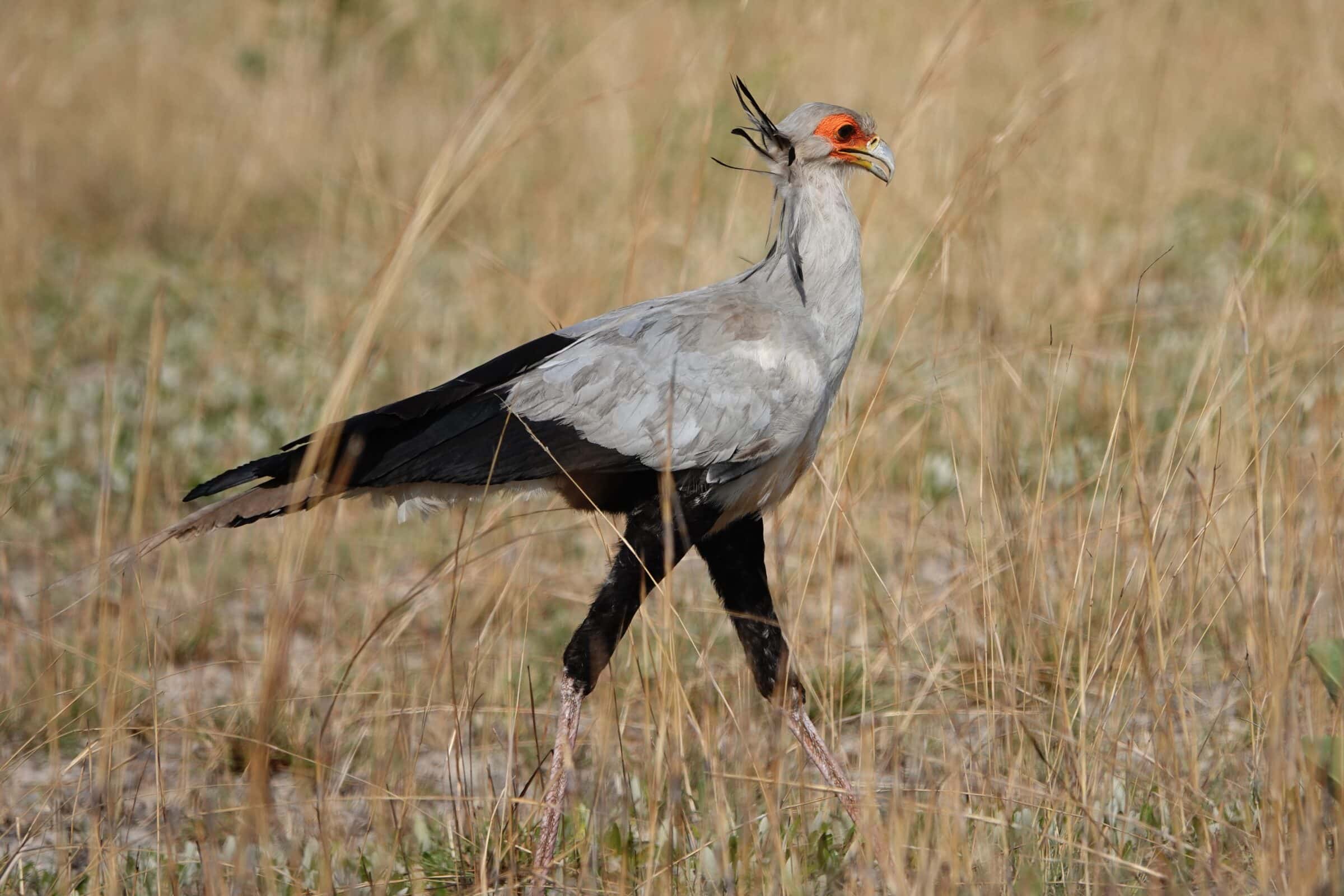
For those interested in visiting the area: Here you can find more information.
Angola, our conclusions
We are often asked which country is the most beautiful. But we don't like these kinds of lists, because we think that every country has something beautiful. Moreover, we are on a journey to discover and not to classify. But…we can hardly hide our enormous enthusiasm about Angola.
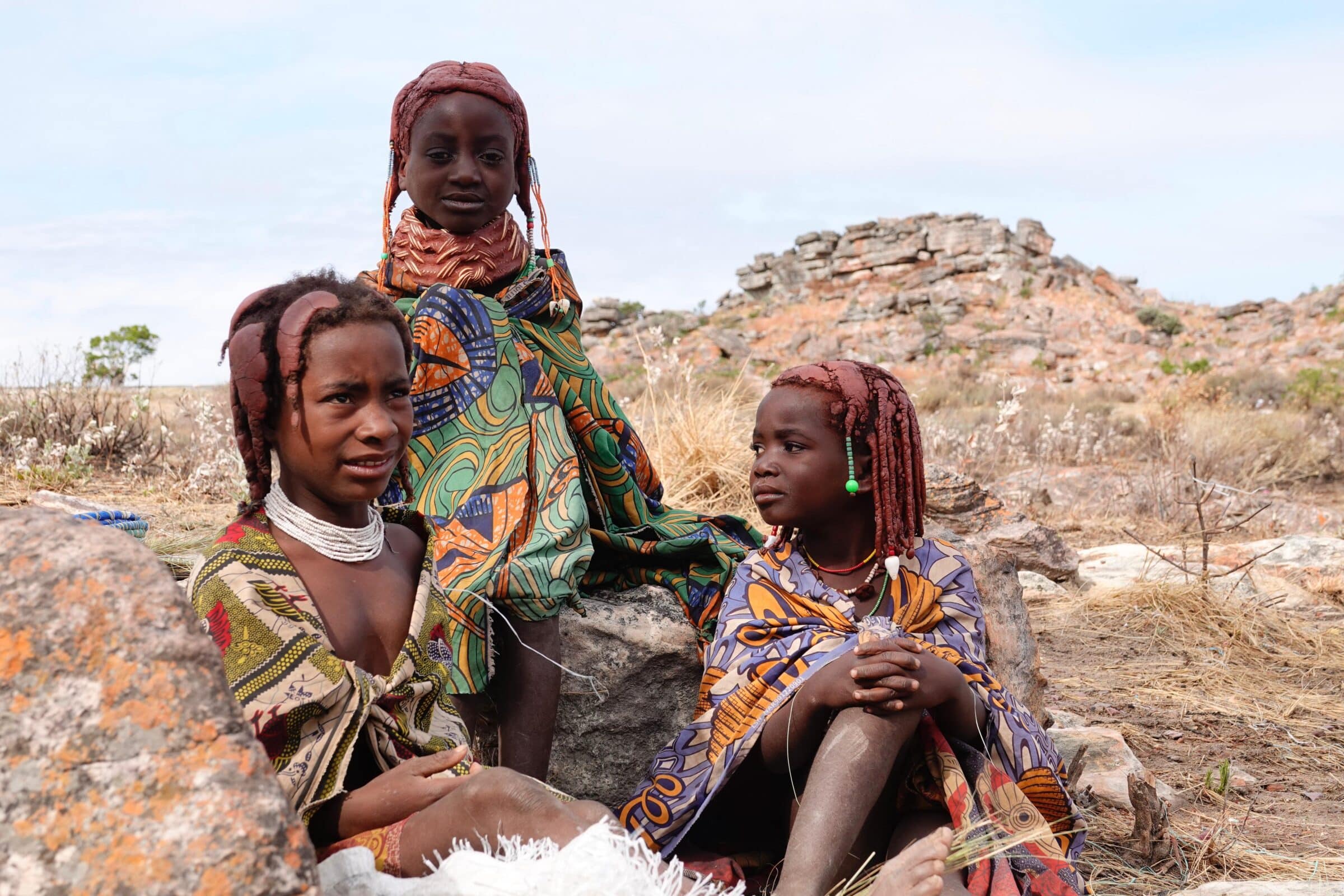
We will always remember the various untouched and untouched landscapes, as well as the pure friendliness of the people.
We were able to see many coastal landscapes, savannas, deserts and mountain landscapes in different forms, amazing!
We did not experience any corrupt checkpoints and did not feel unsafe for a second. The many people we spoke to understand that we don't speak Portuguese, but we always came out with a smile and hands and feet.
In Luanda we saw huge differences between rich and poor, but further into the country it is more moderate. It is striking that the country has a poor internet network. If there is a connection, it is usually slow and unstable. Fuel is sometimes difficult to obtain because the many modern gas stations simply do not deliver. The result is long lines at that one gas station that does have stock.
We also see long lines at ATMs, a line of 20-30 people waiting is certainly no exception.
Due to the enormous drop in the value of the Kwanza, Angola has become a cheap country for us, which does not apply to its own population. We paid the equivalent of 16 euro cents for a liter of diesel.
Because we like pure countries, where we are treated as fellow human beings and not as tourists, we felt completely at home in Angola. There is little international tourism and so the population does not (yet) see you as a walking wallet.
Angola, what a nice country, highly recommended!!
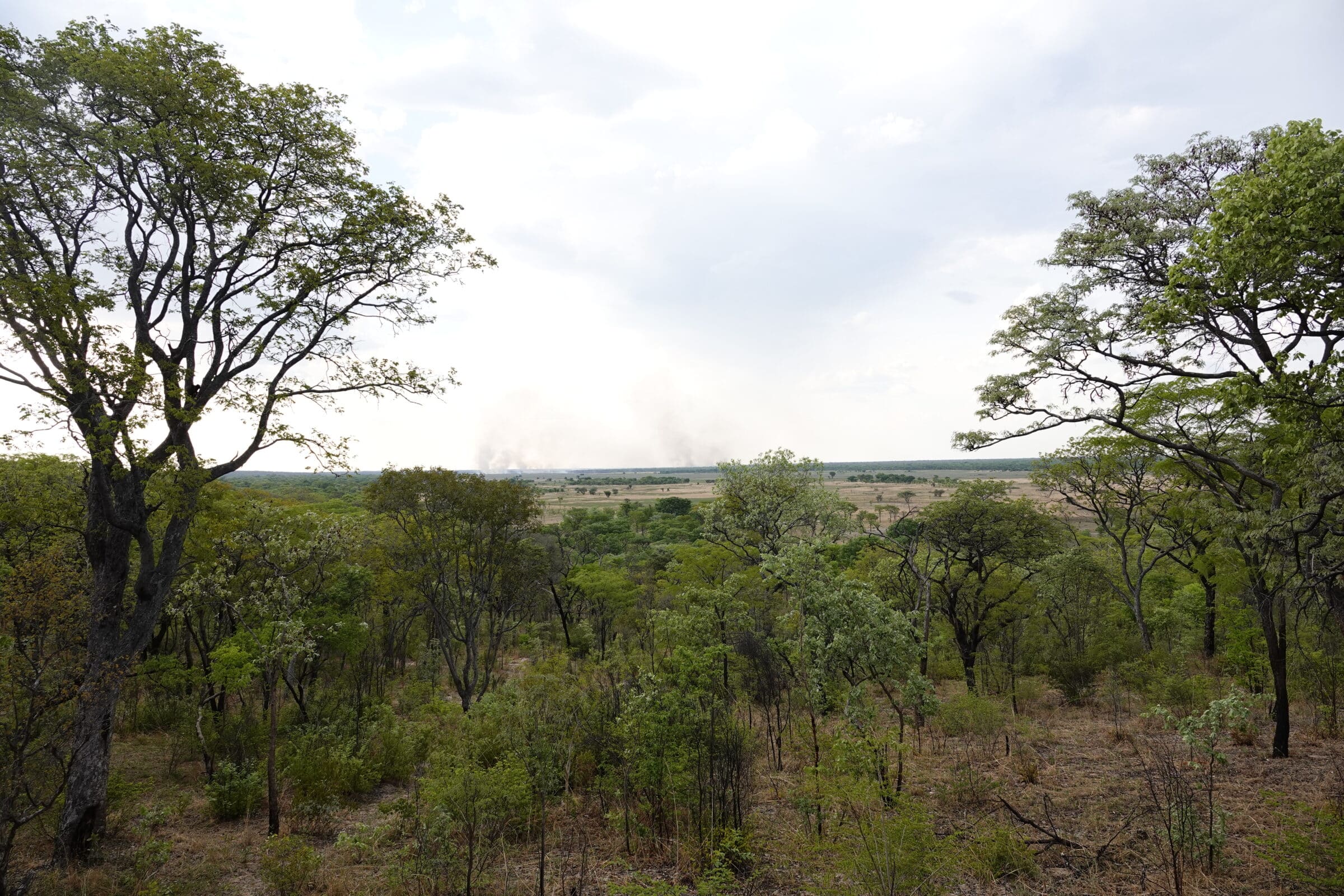
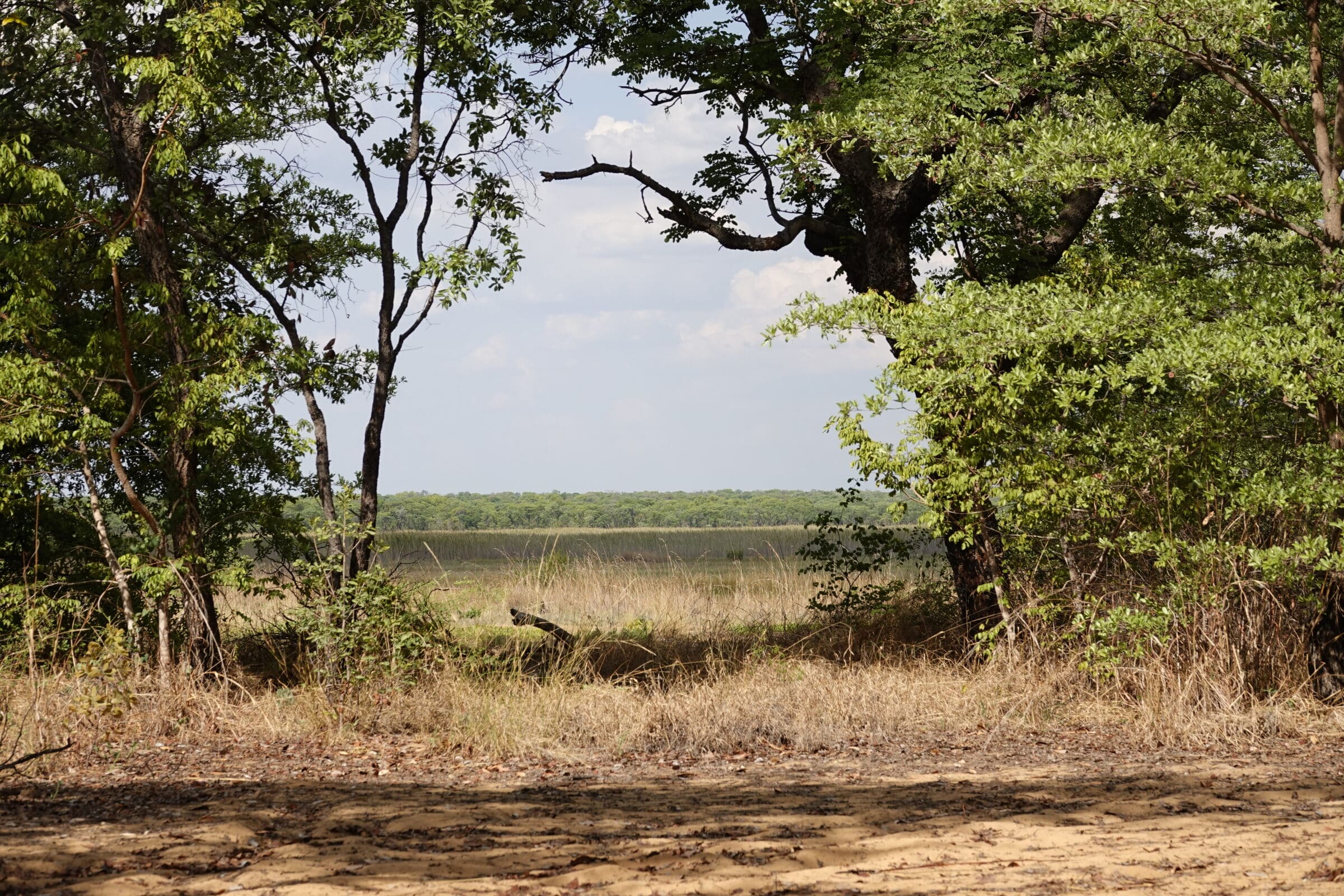
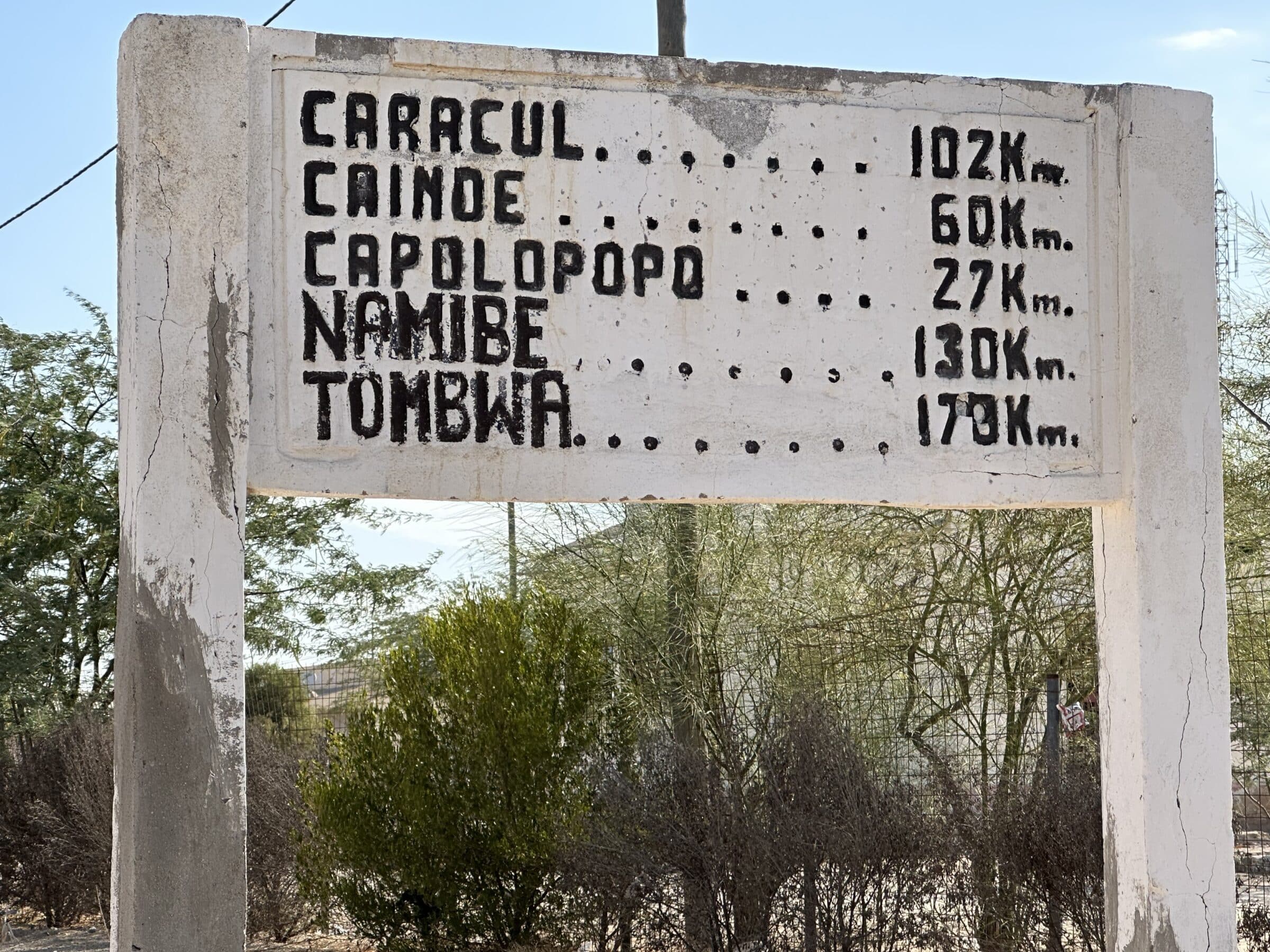
NB: We leave Angola at the southeasternmost border with Namibia. For us, the border is one of the friendliest and most efficient Africa. We take Namibia as a transit to finally leave Zambia our next country. Later we will return to Namibia.
Plan your holiday to Africa here
- Itineraries you can compare + request quotes Africaplus, Africa tailor-made, Djoser, king monkey, rickshaw travel, sawadee en shoestring.
- Flight tickets for Africa you book through Skyscanner.
- Hostels, Hotels and Resorts in Africa you book Booking.com.
- Rental cars : Sunnycars en rental cars.
- Tours and Activities in Africa you book through GetYourGuide.
- travel items such as suitcases, bags and more you can buy at Bol.com.
- SIM cards for Africa you buy extra International sim.
- Parking at the airport you can arrange via Parkos, park care of iParking.


